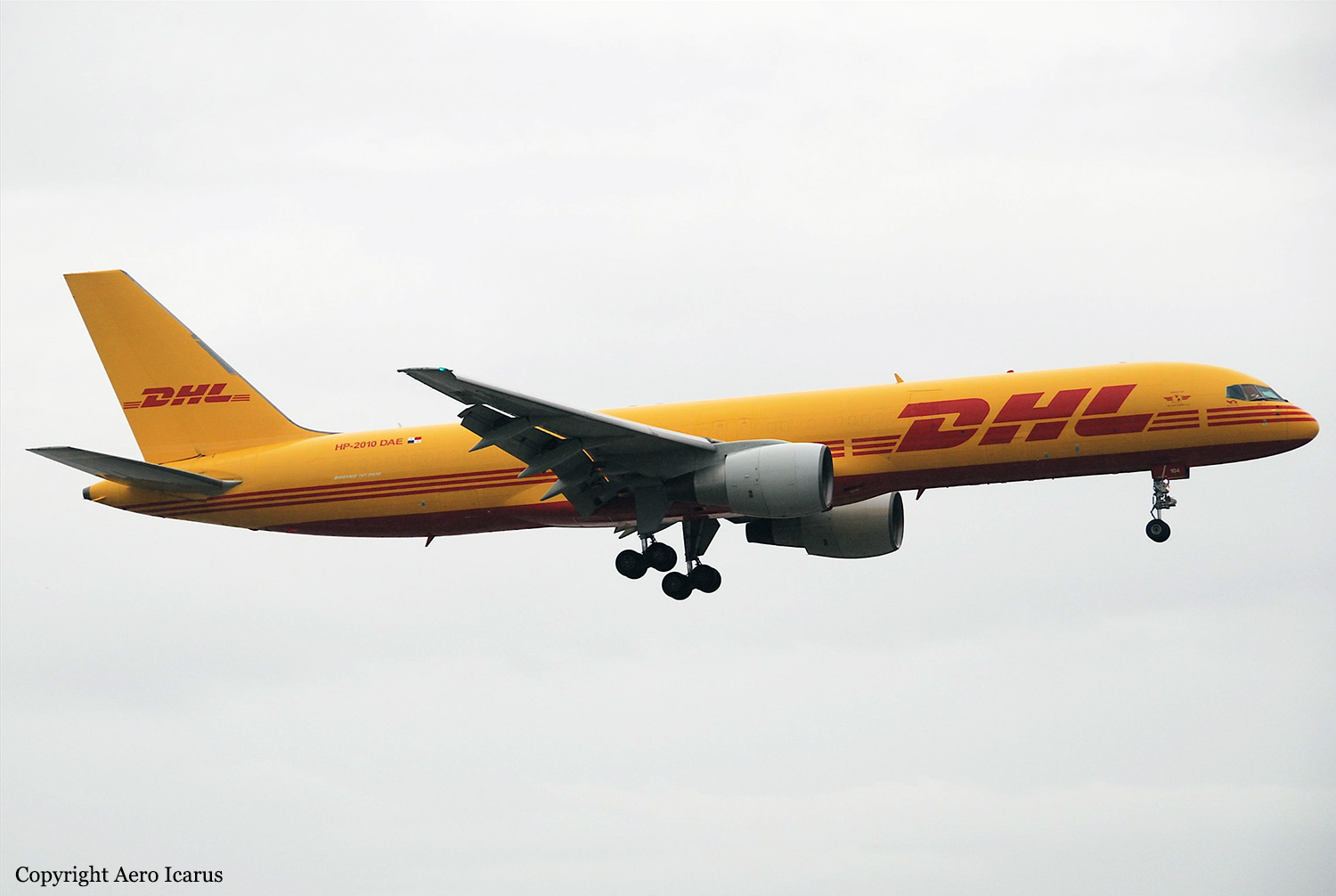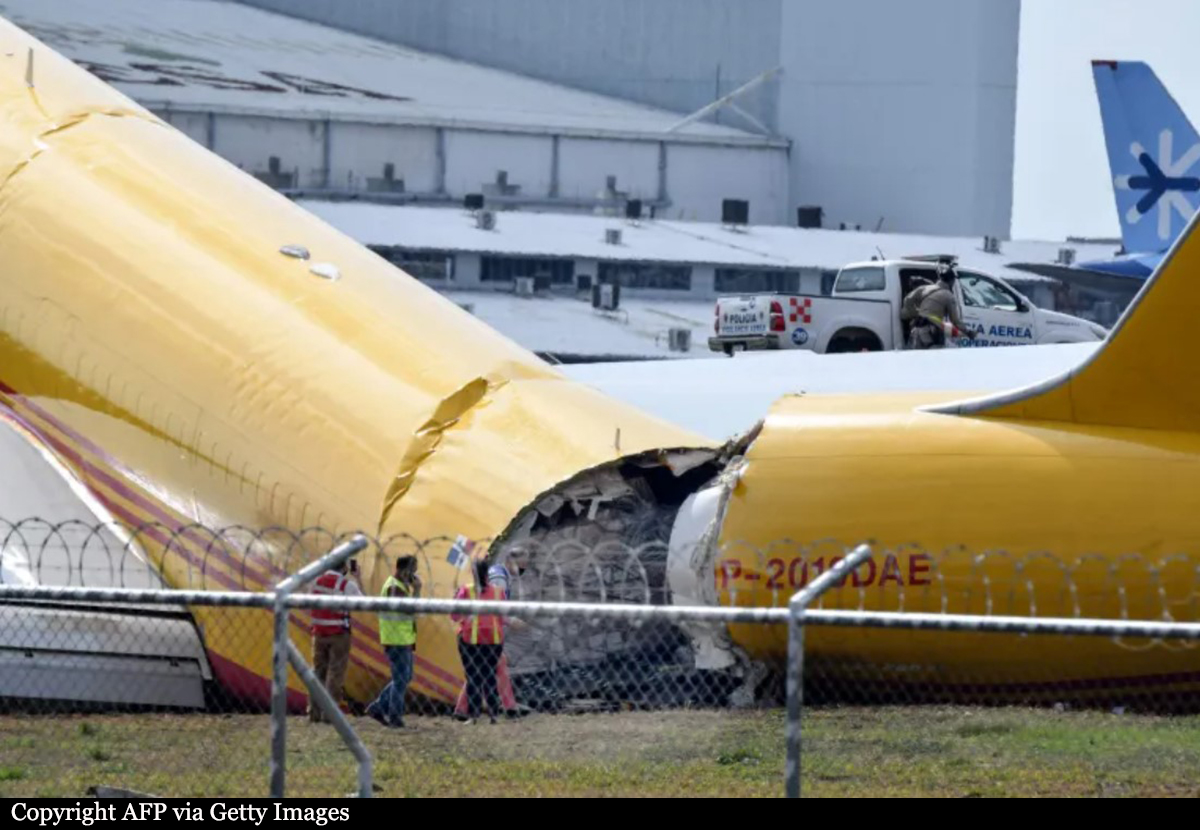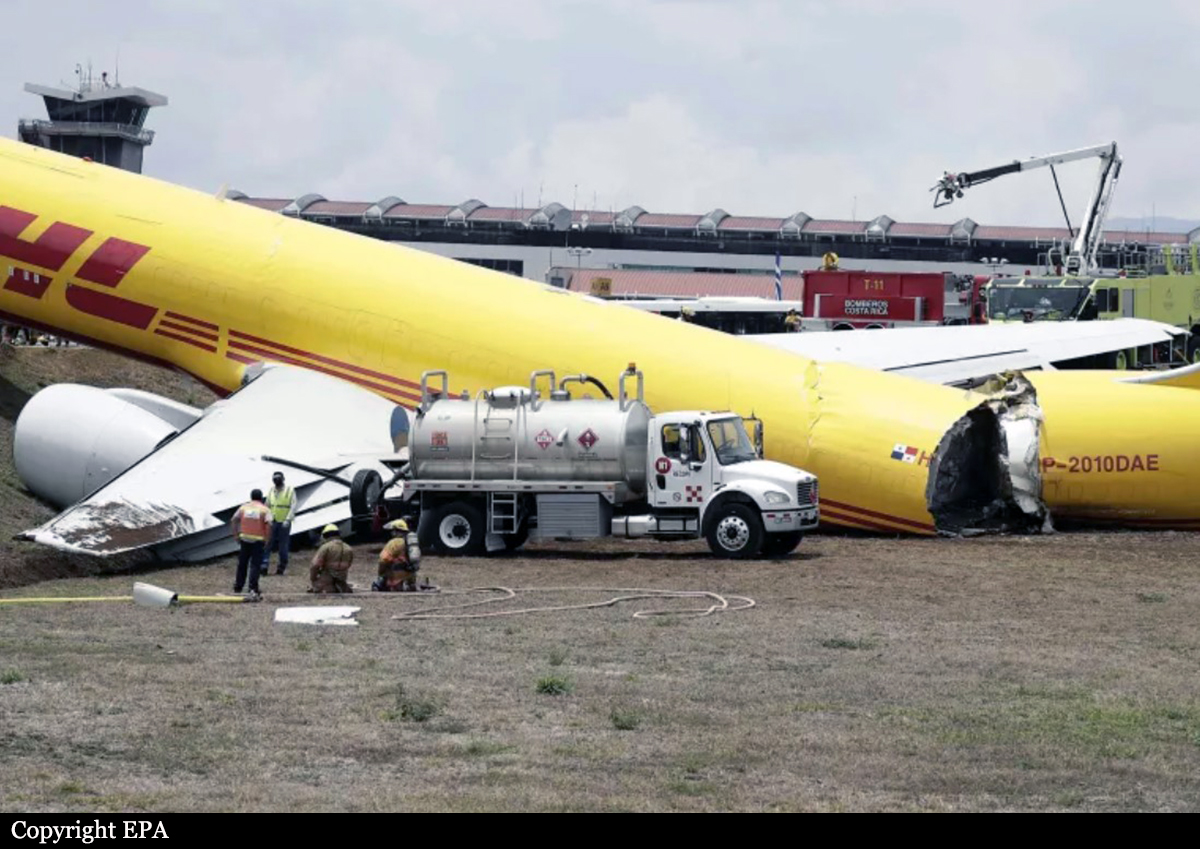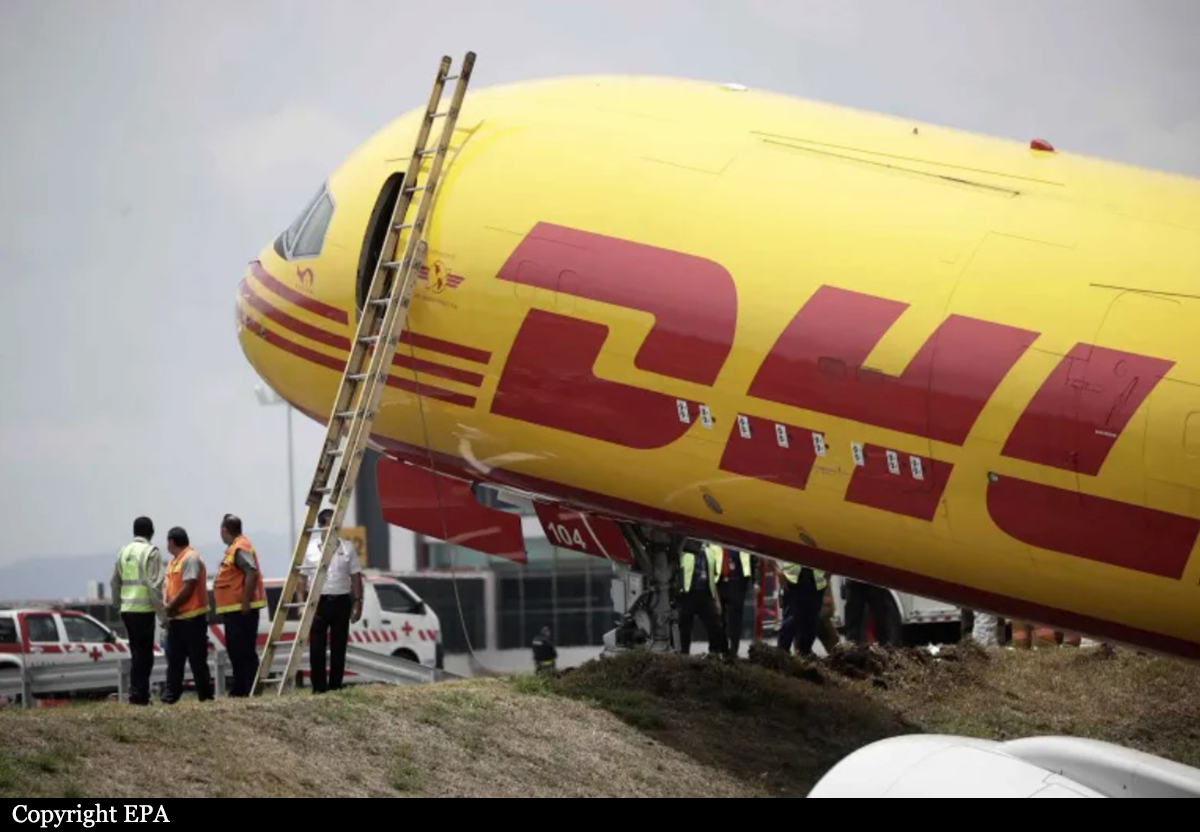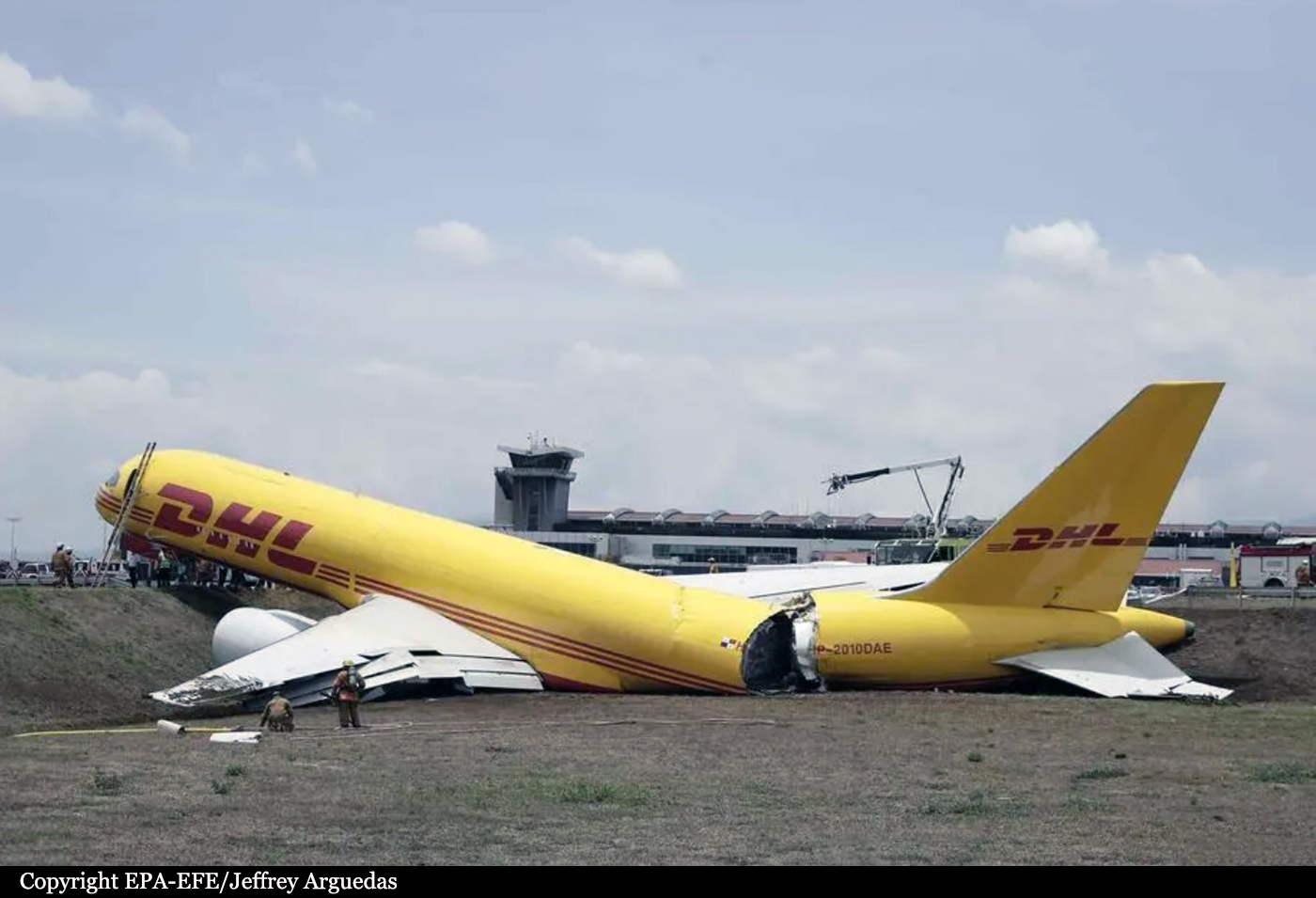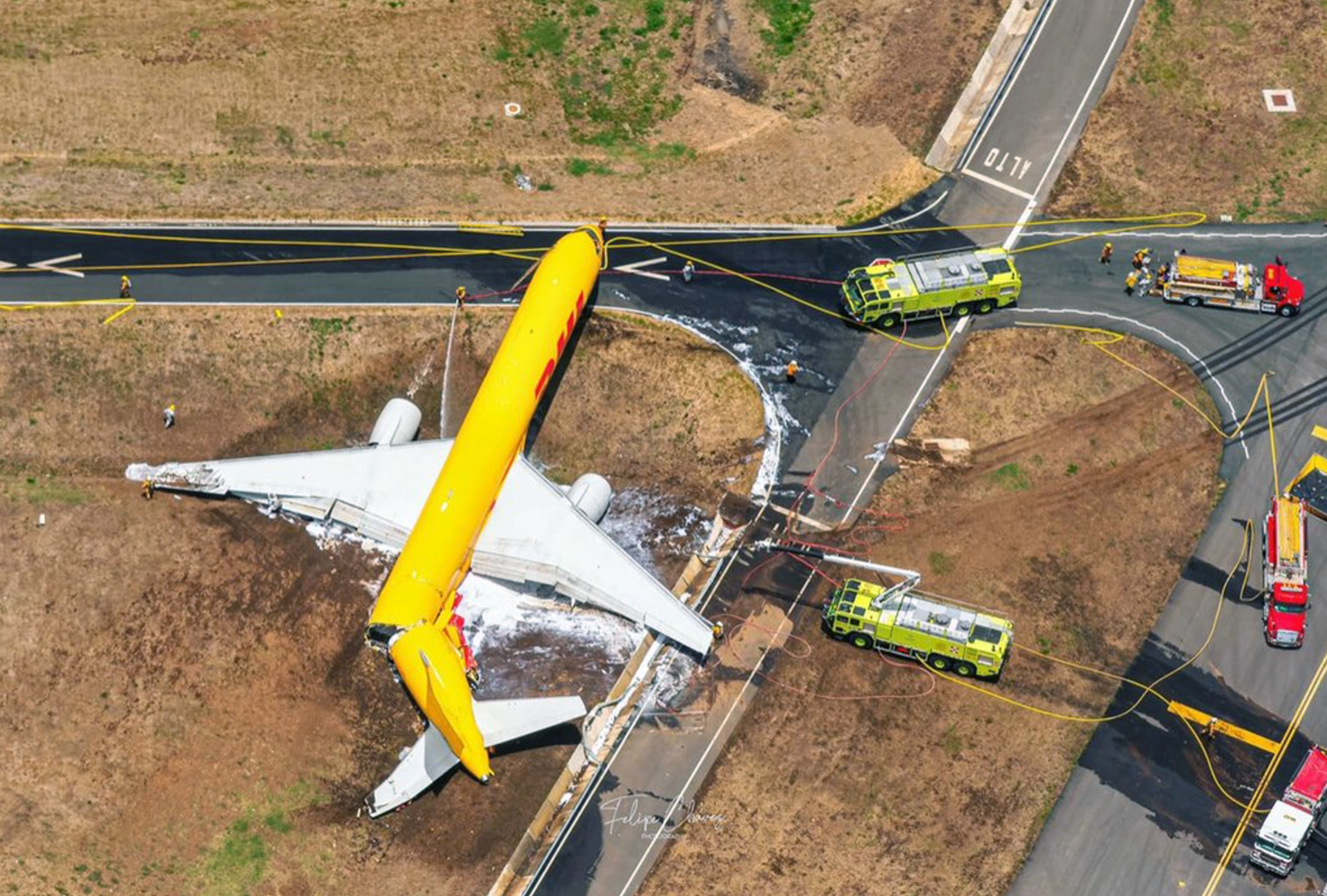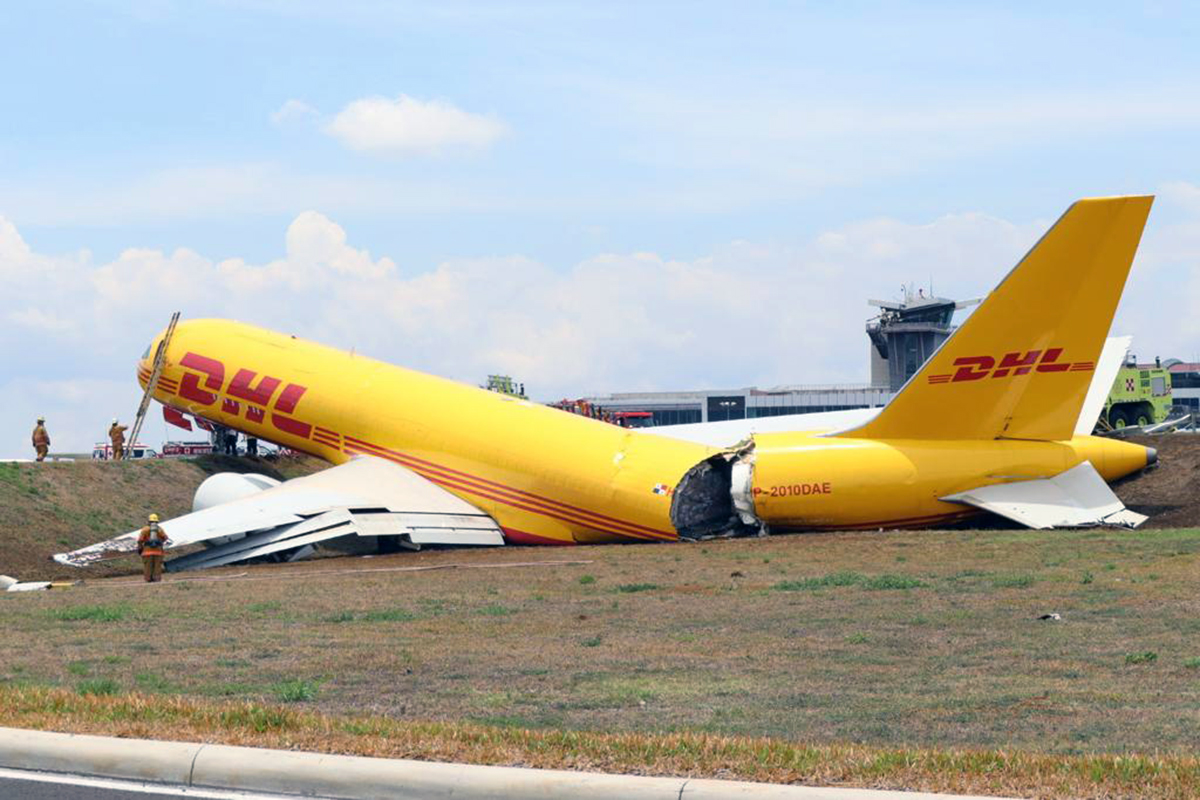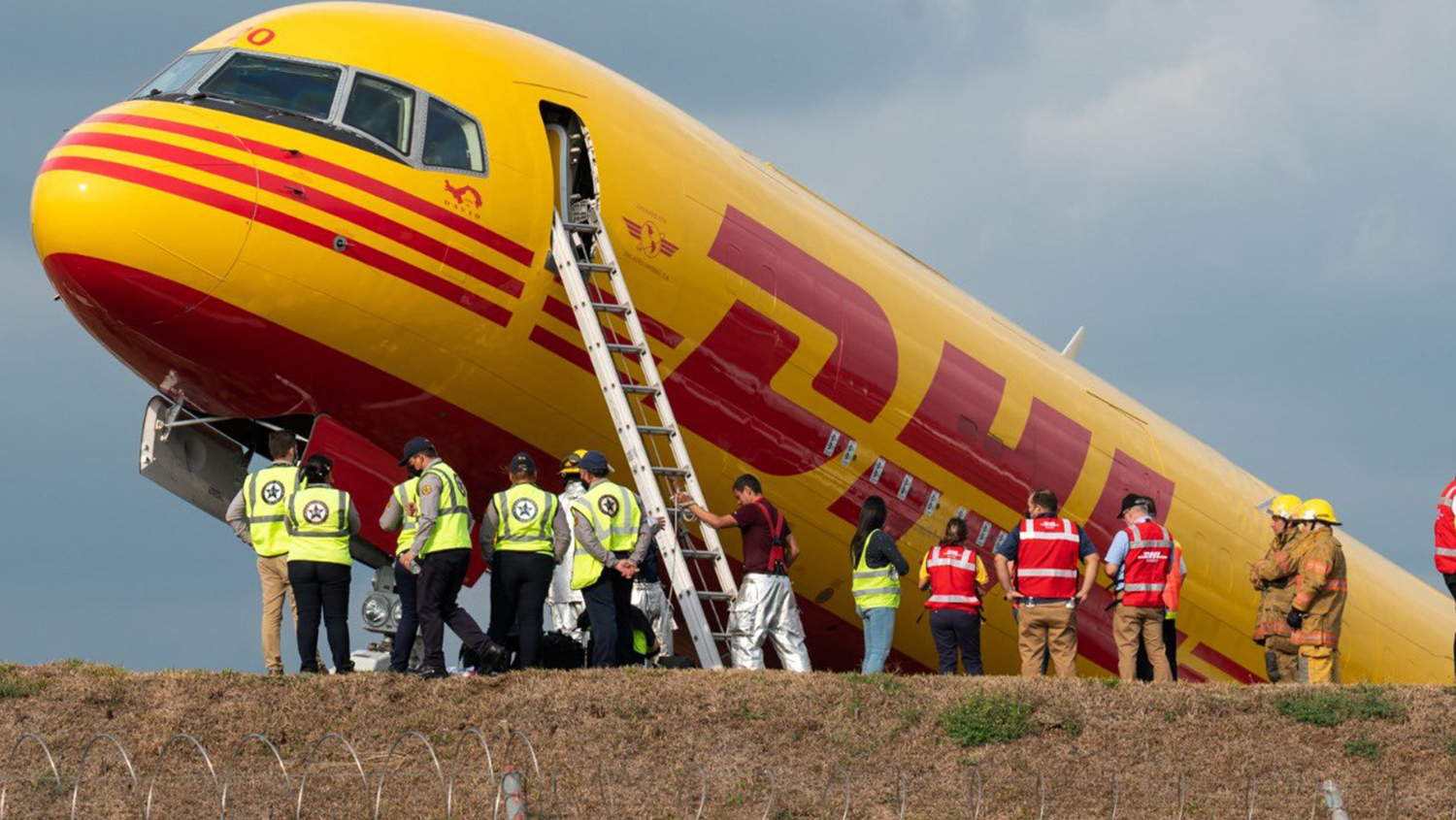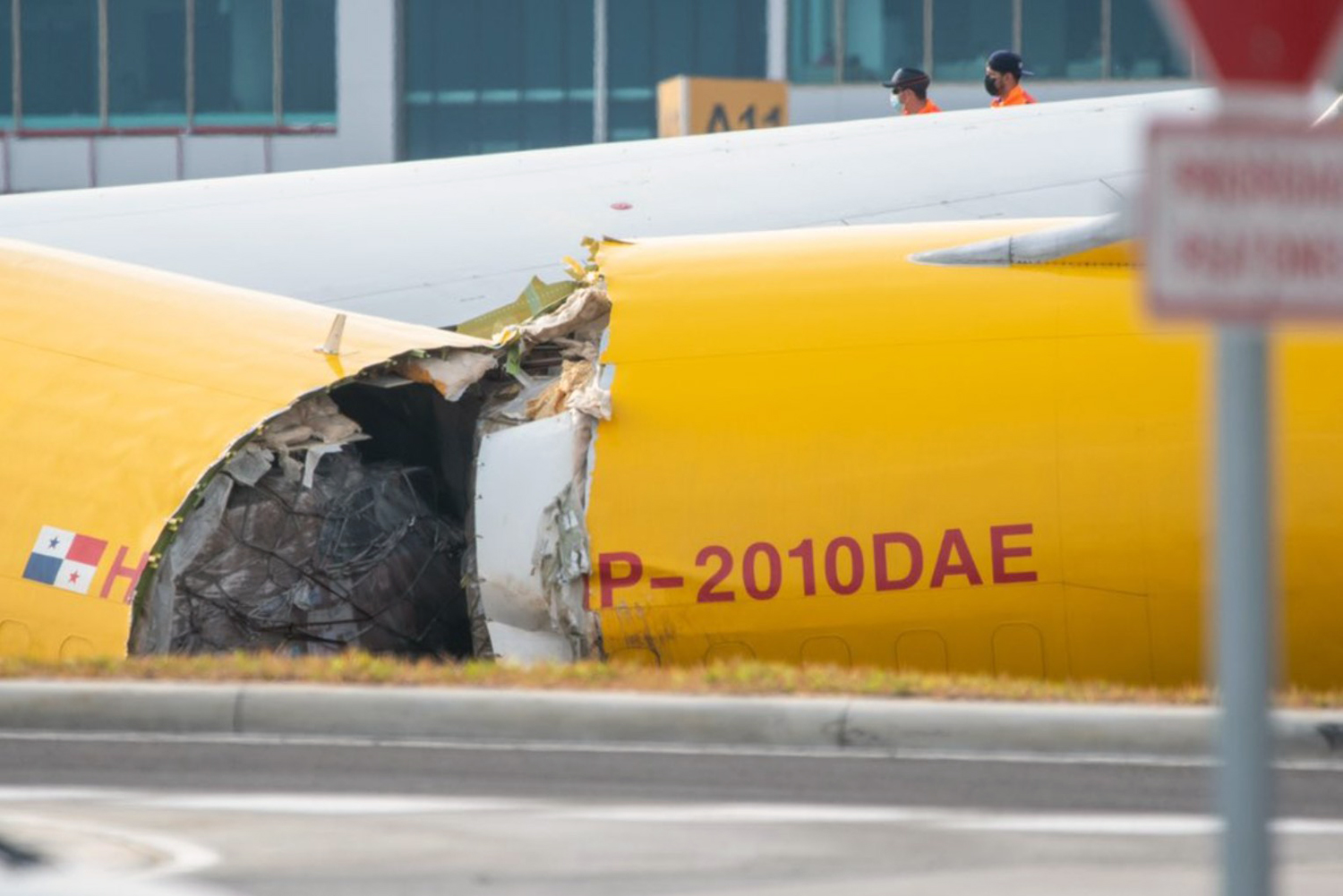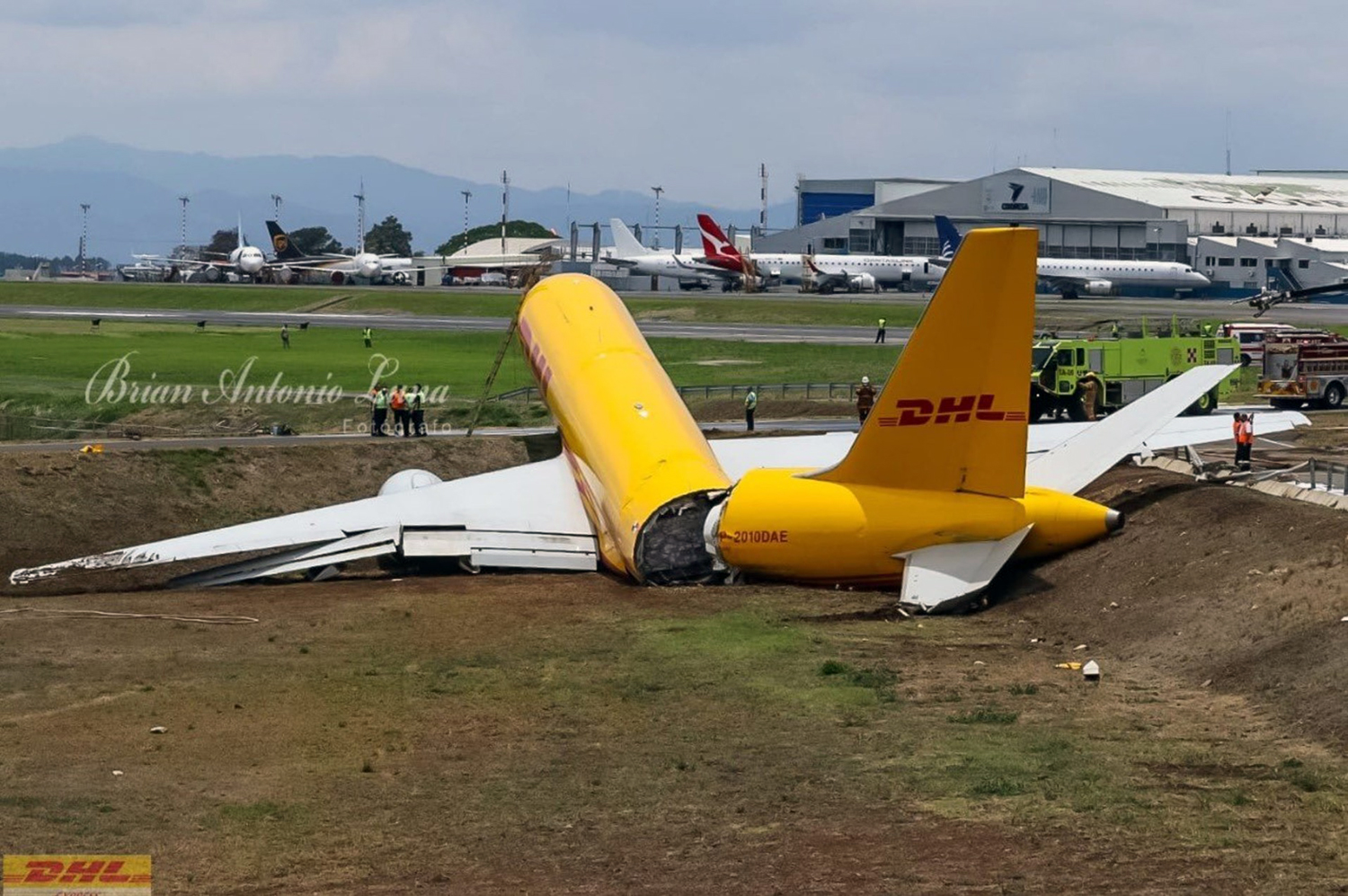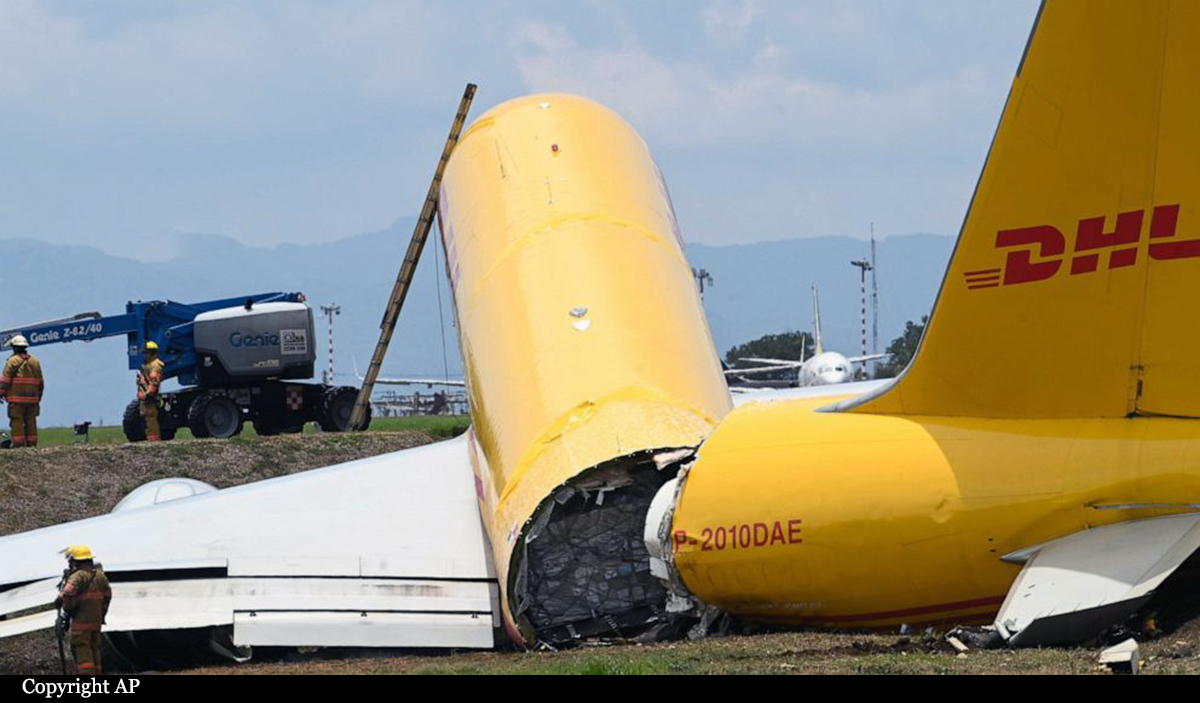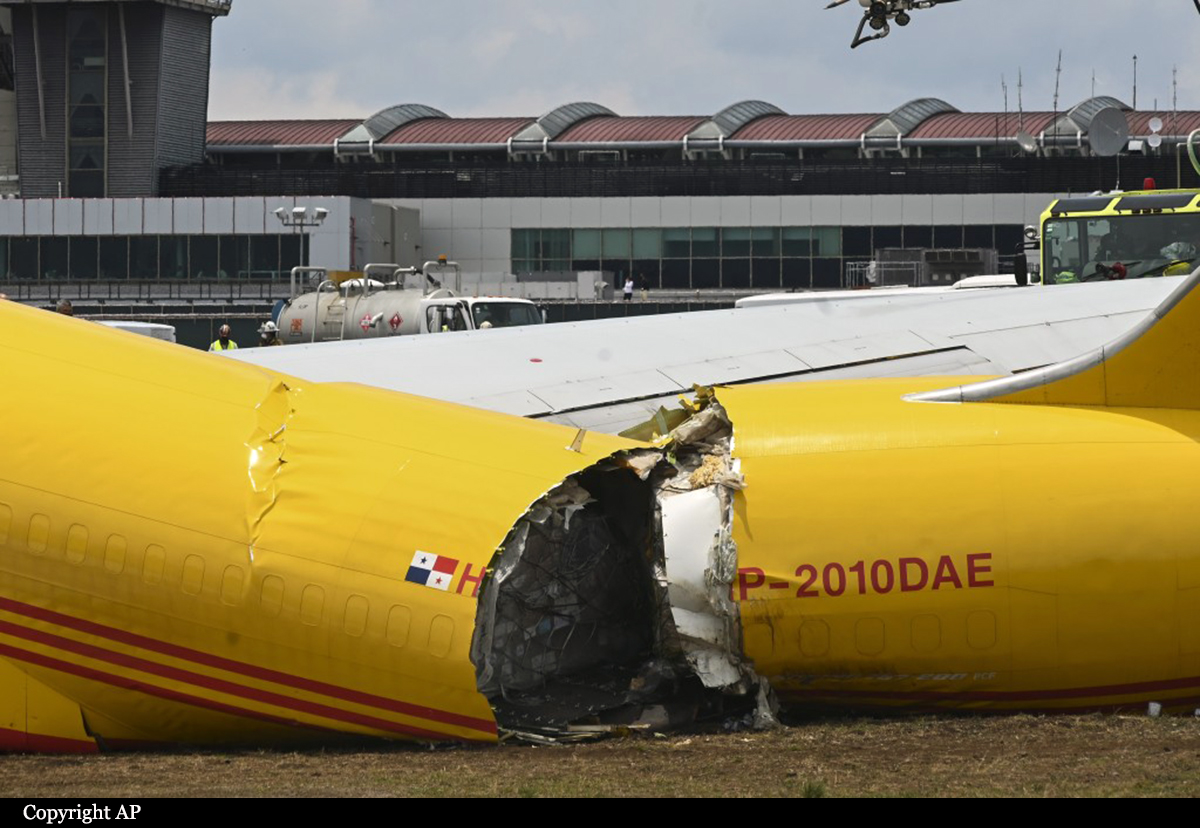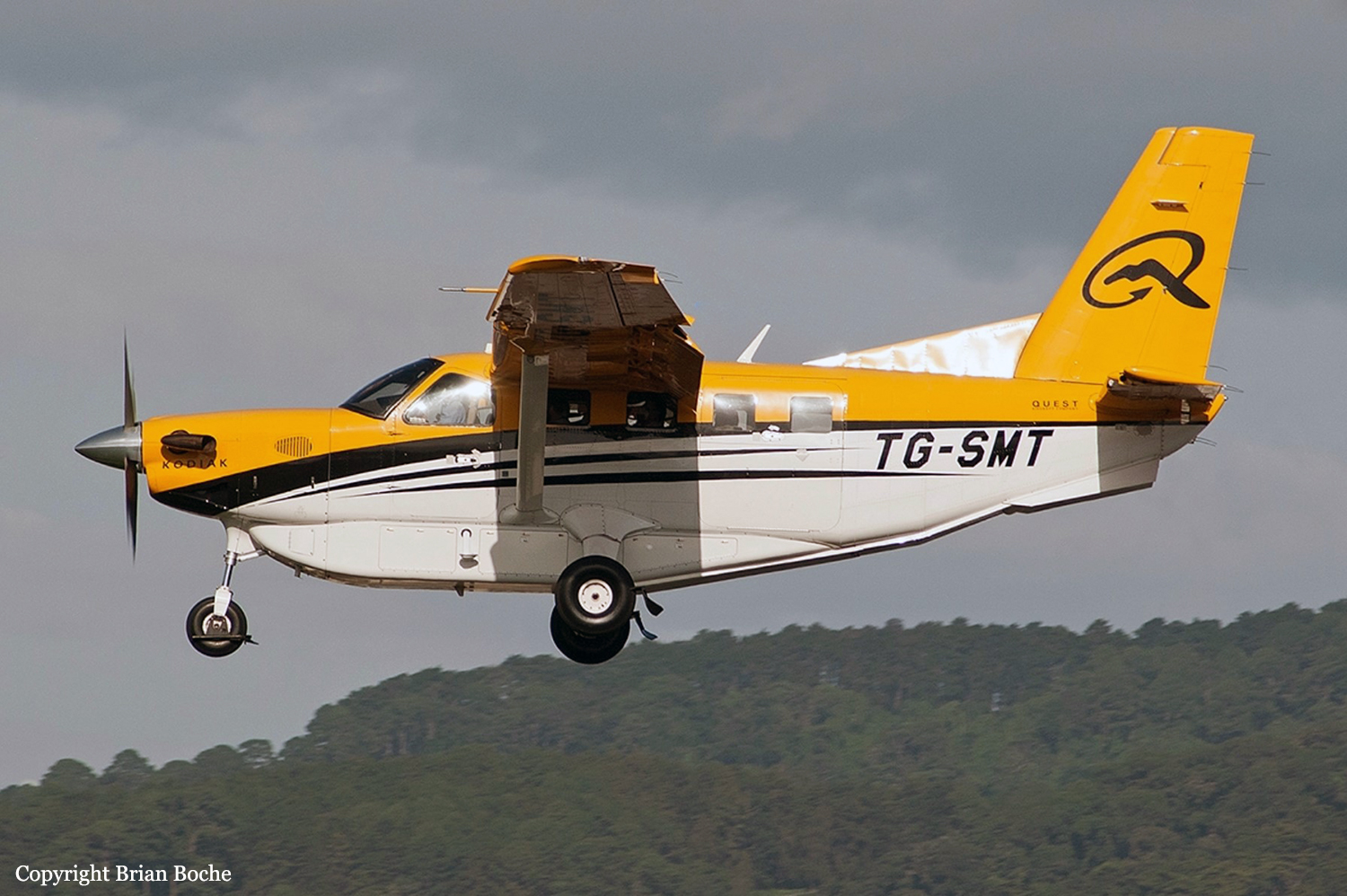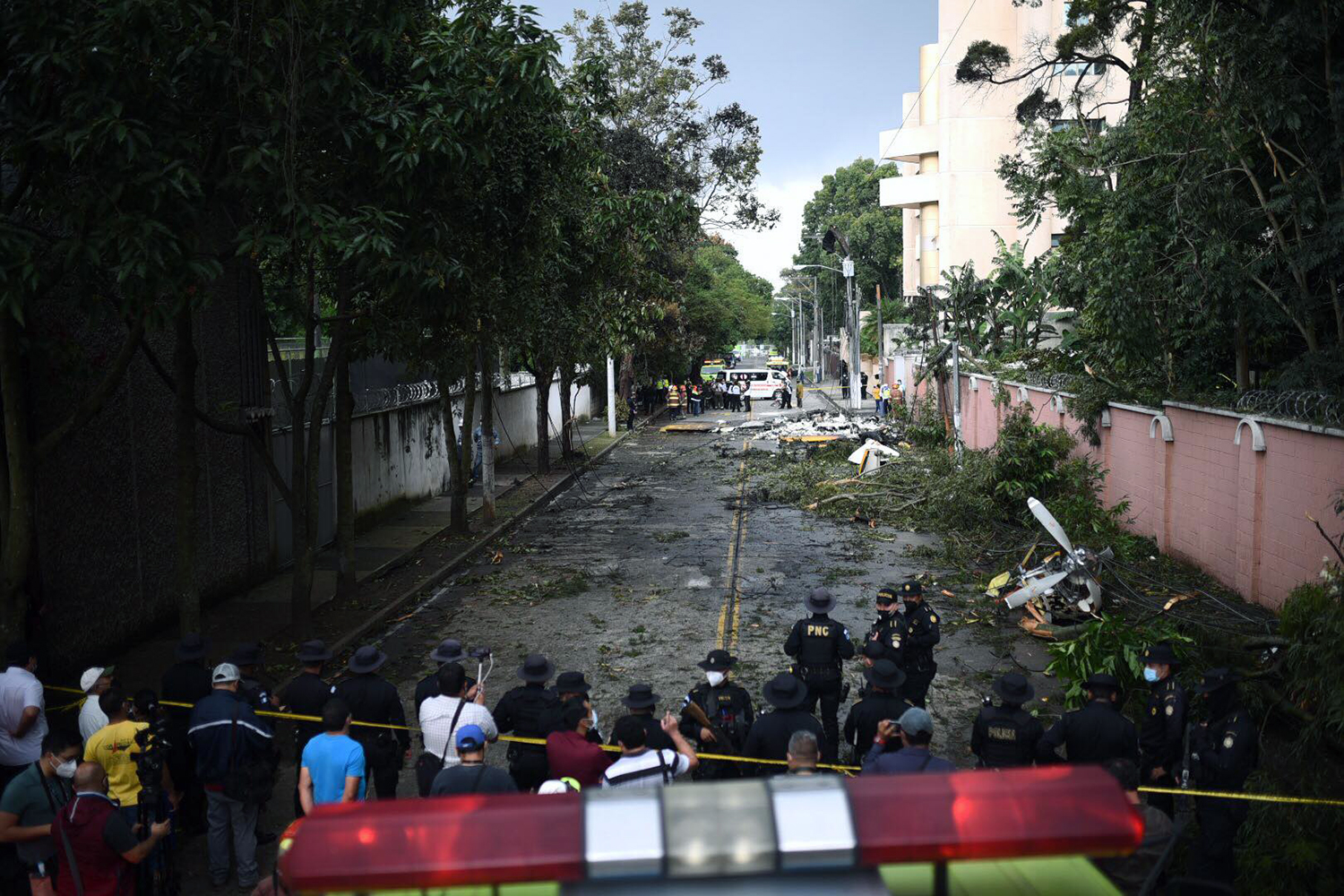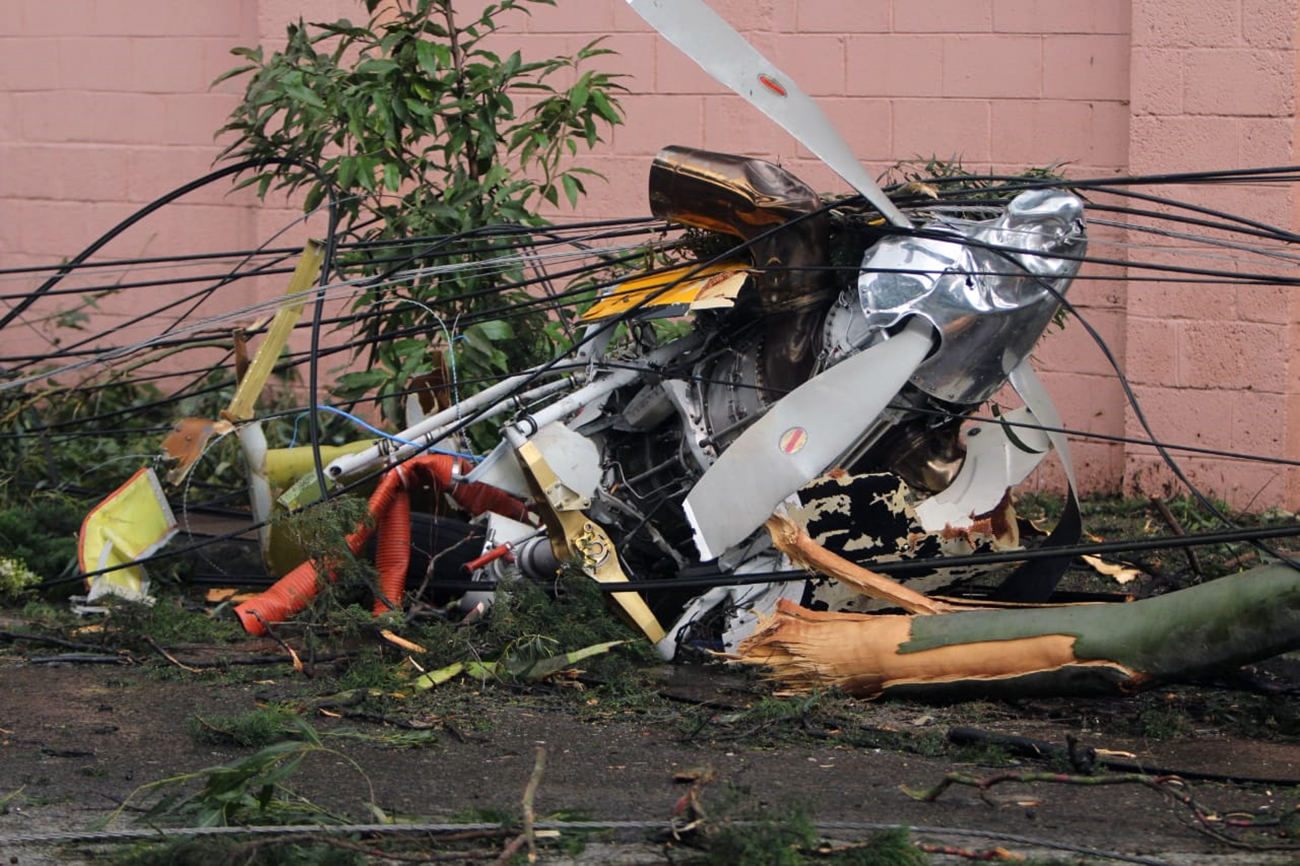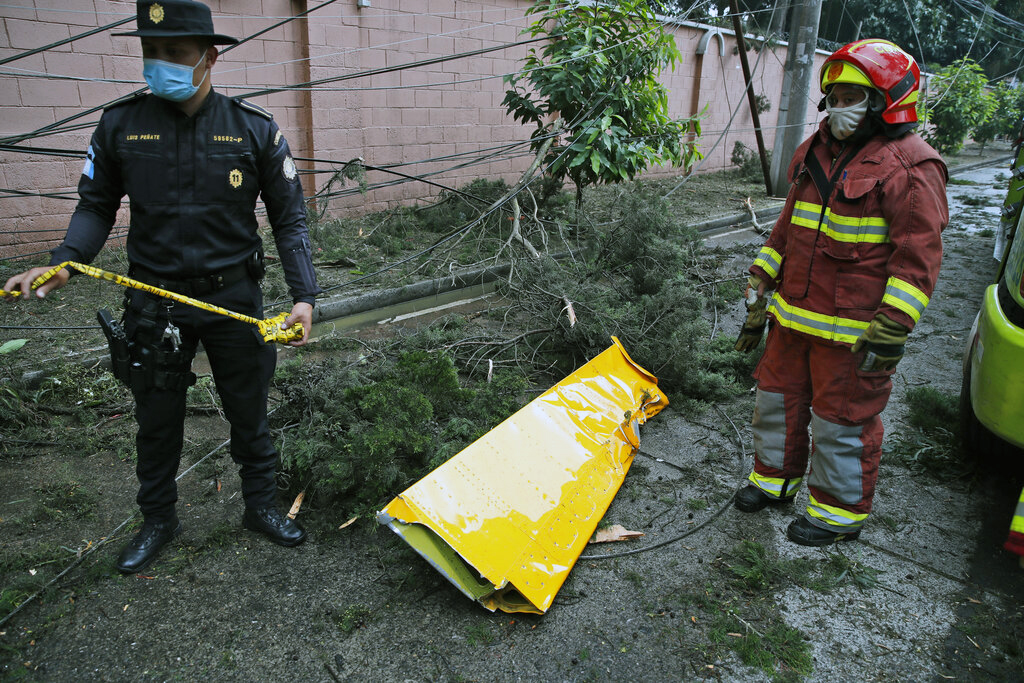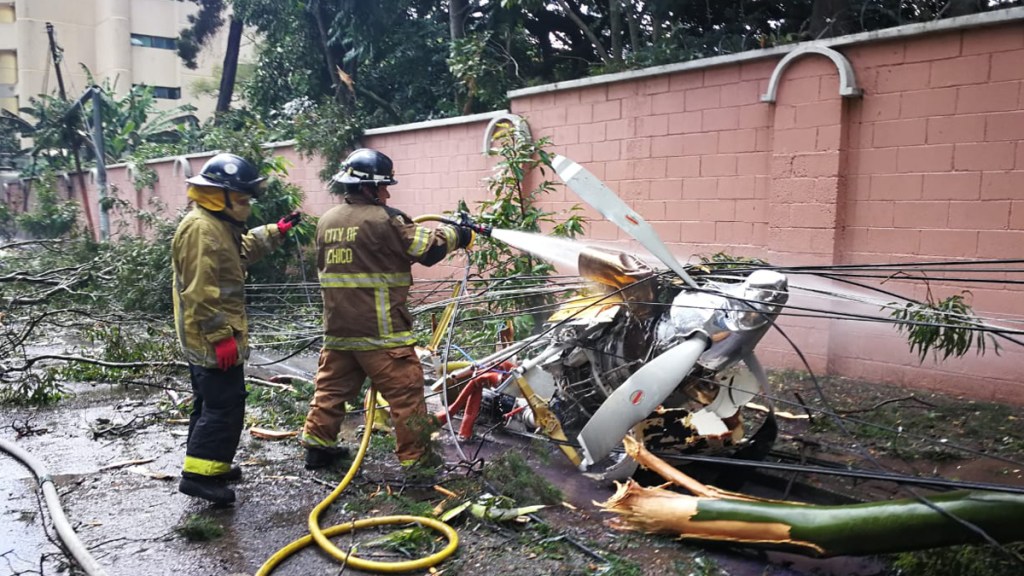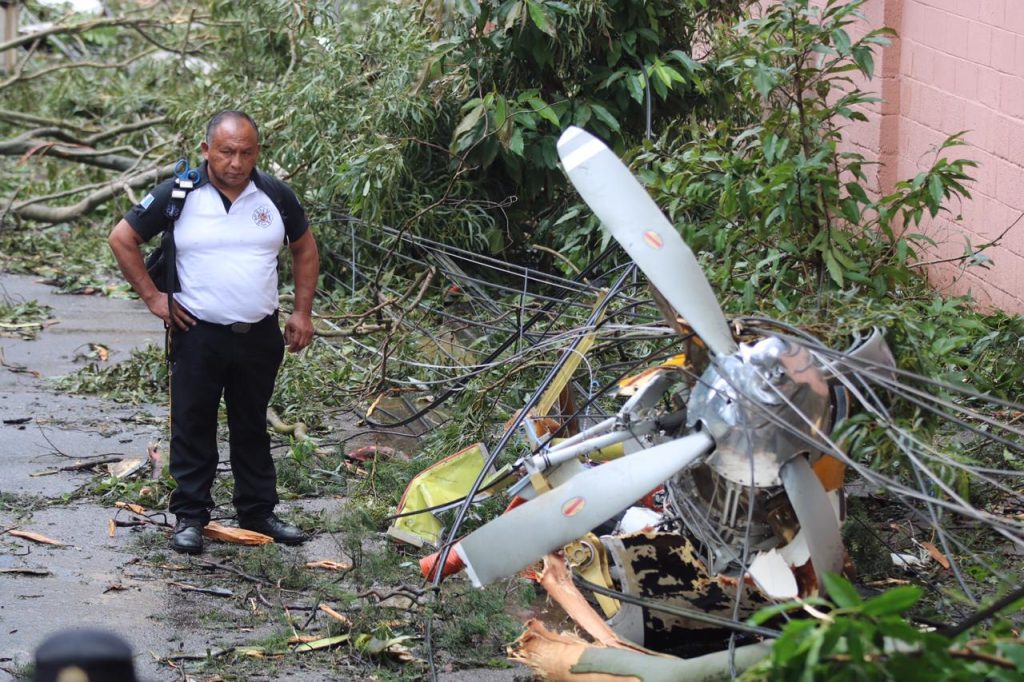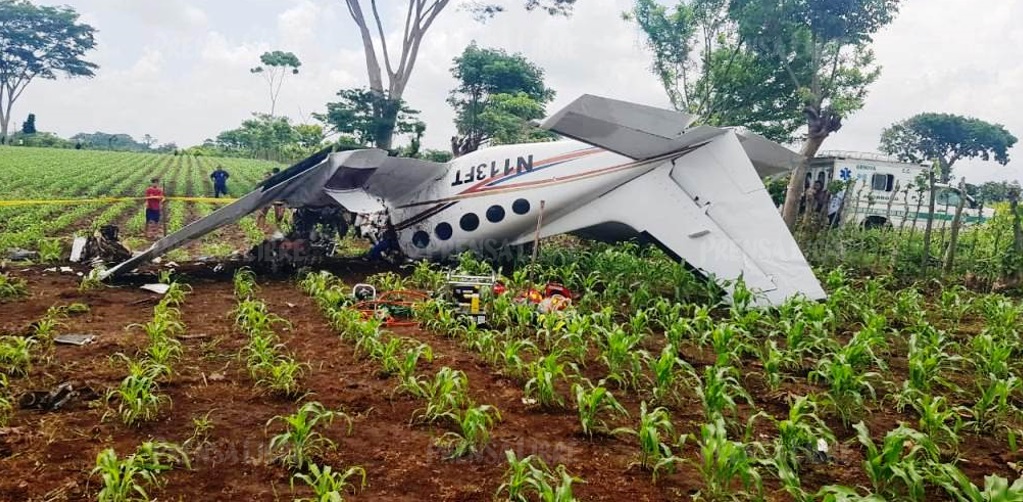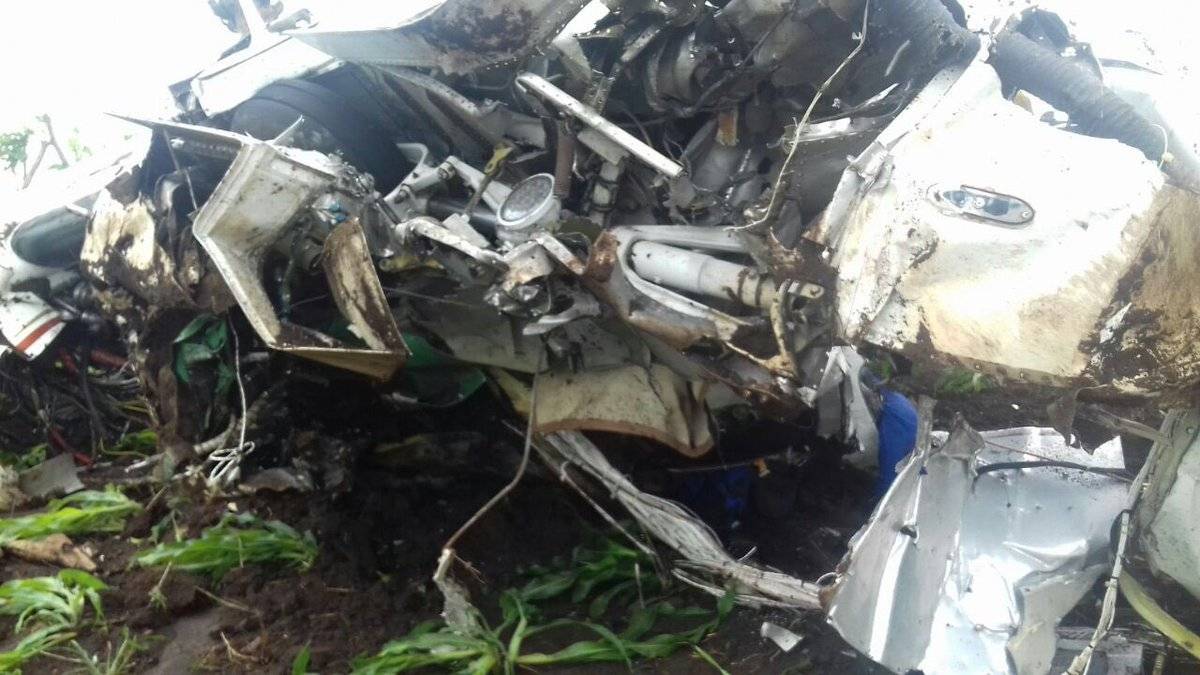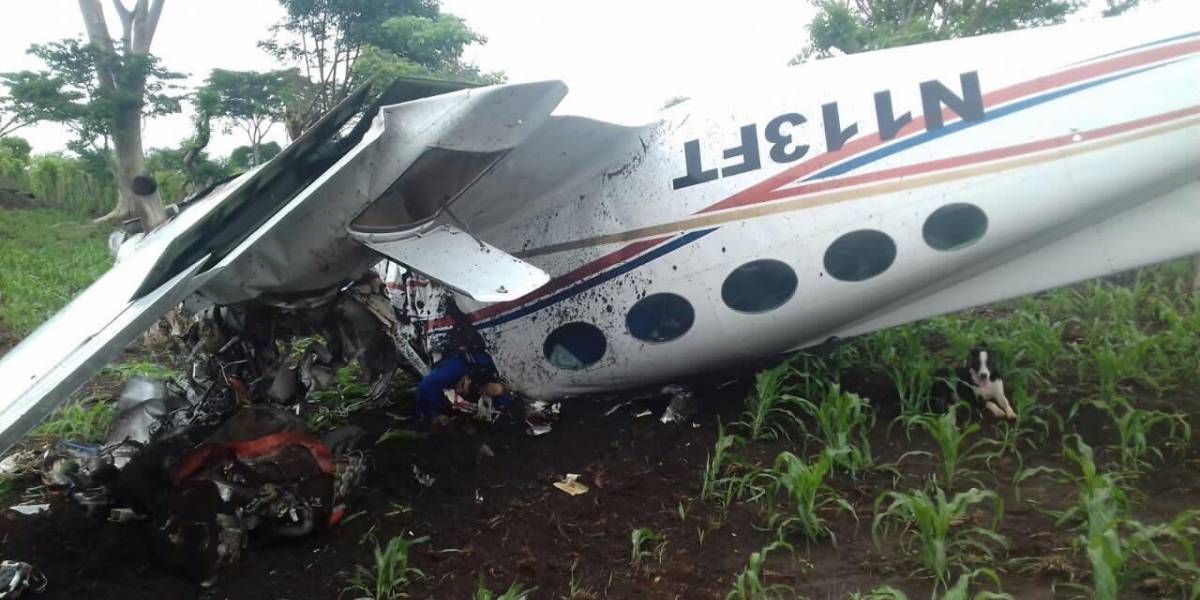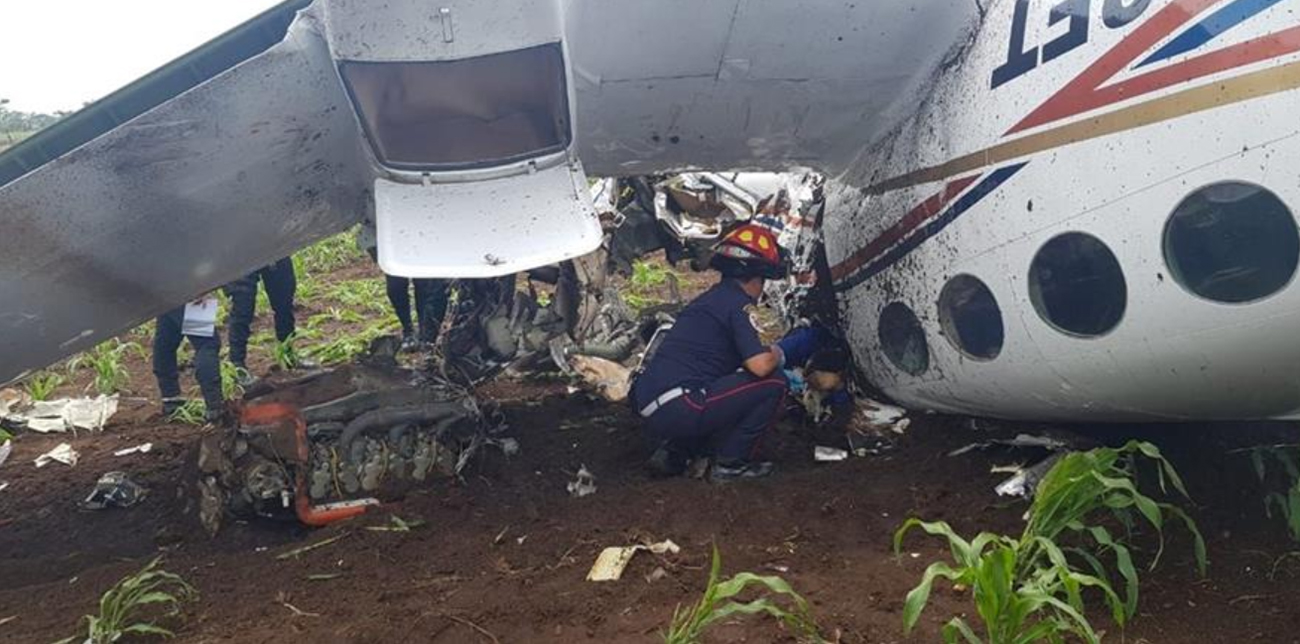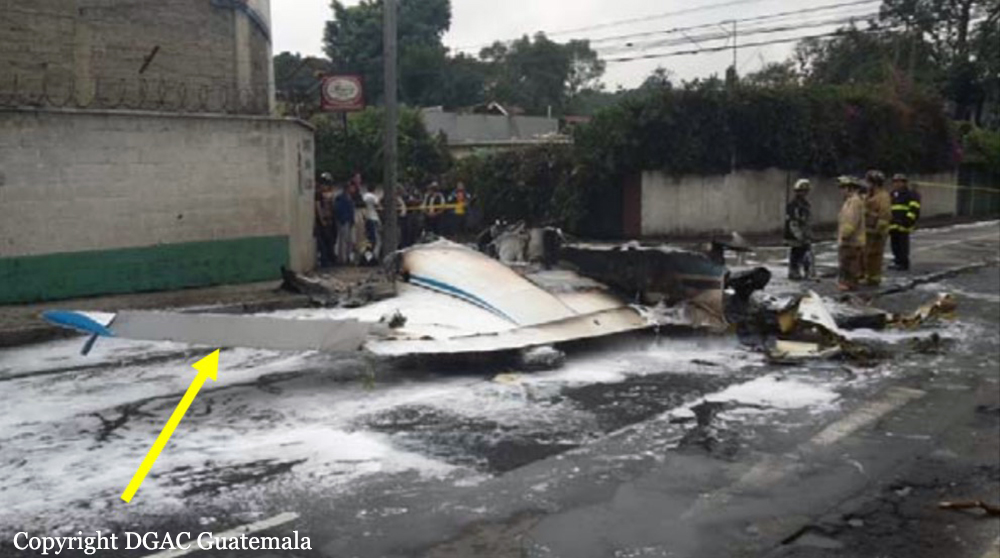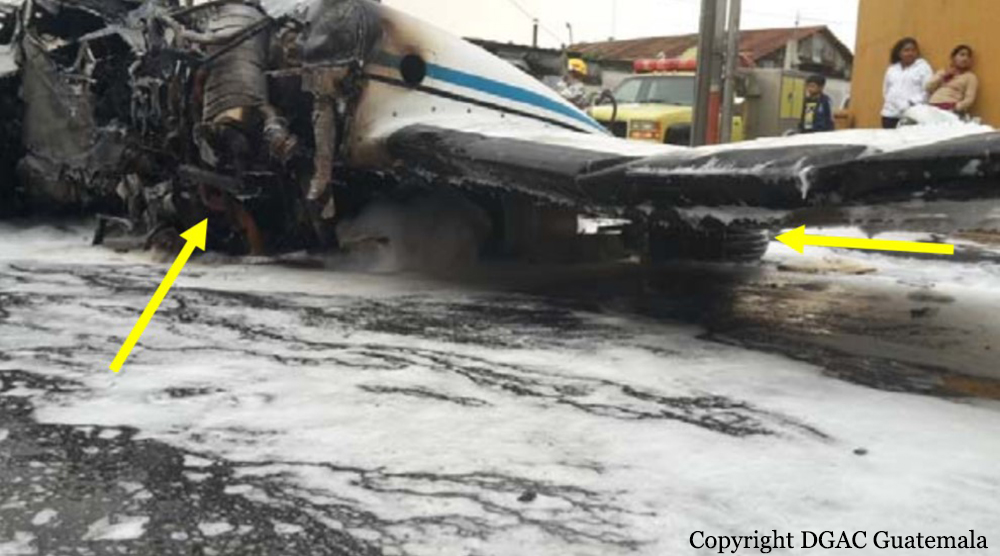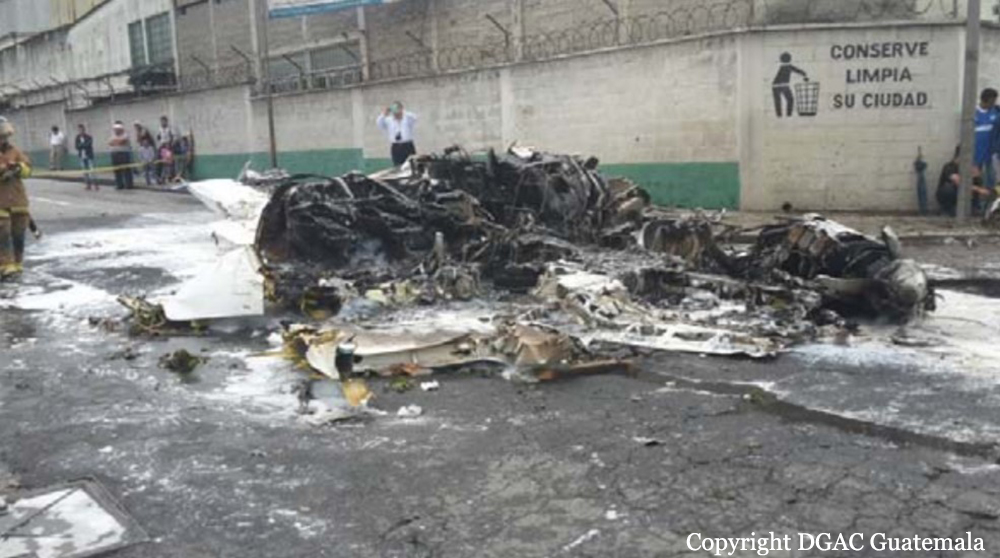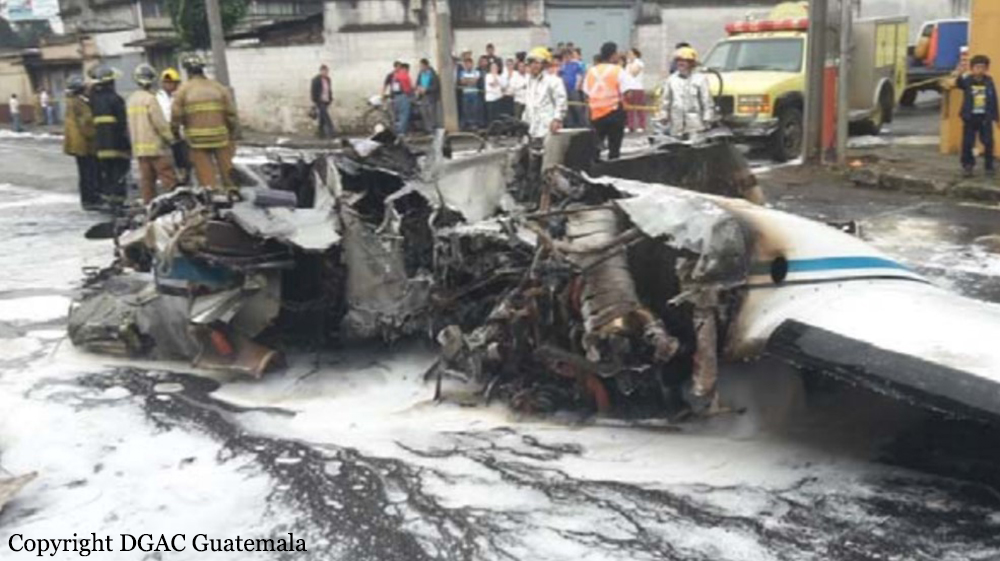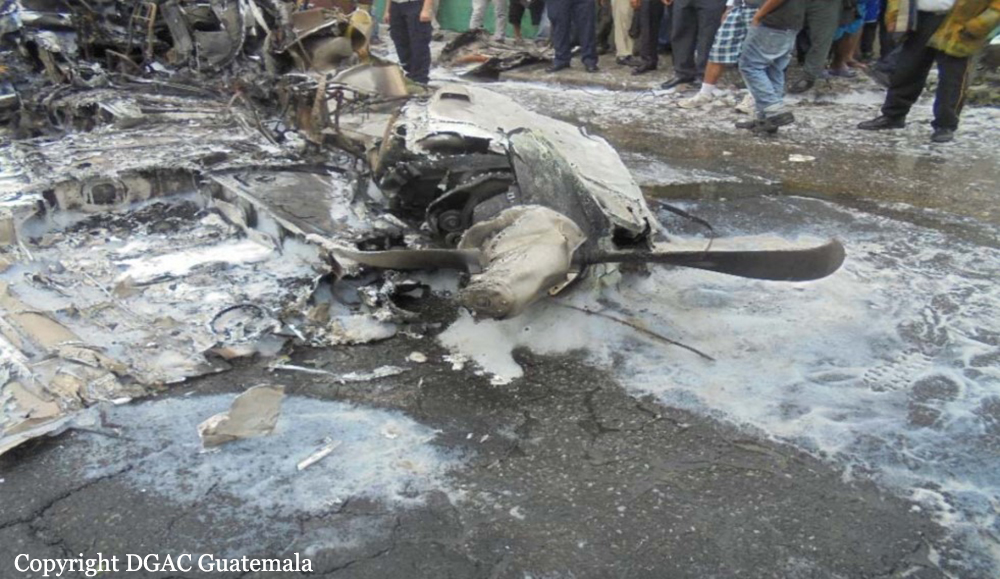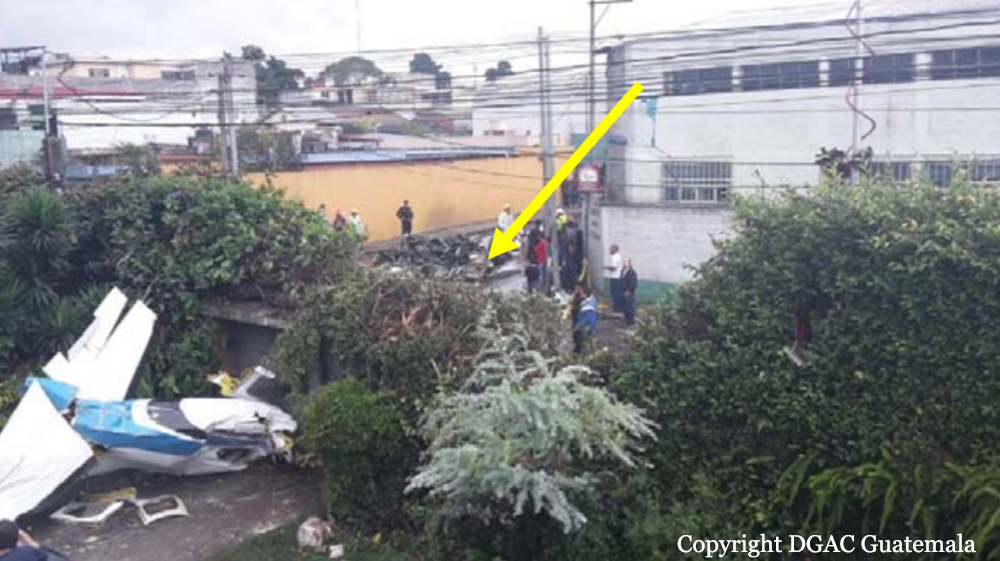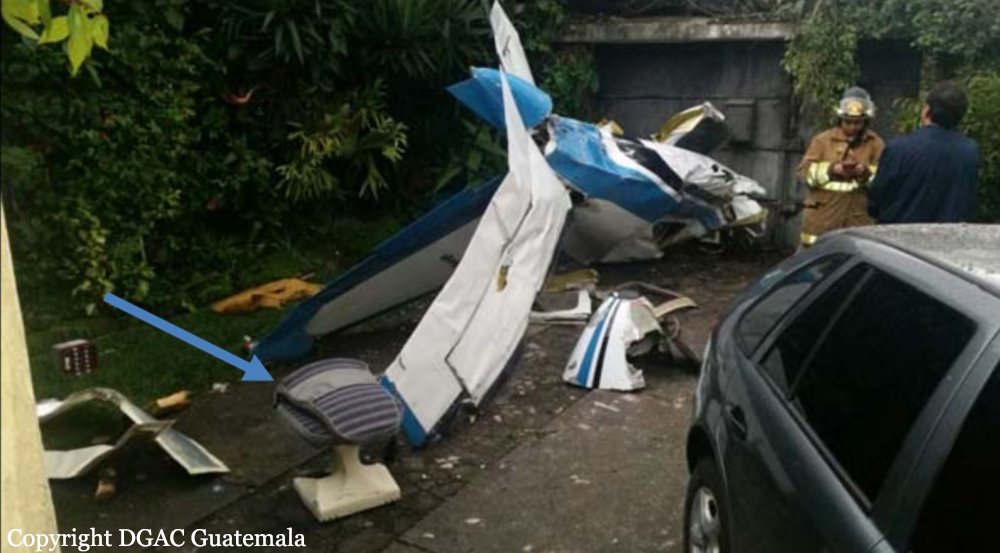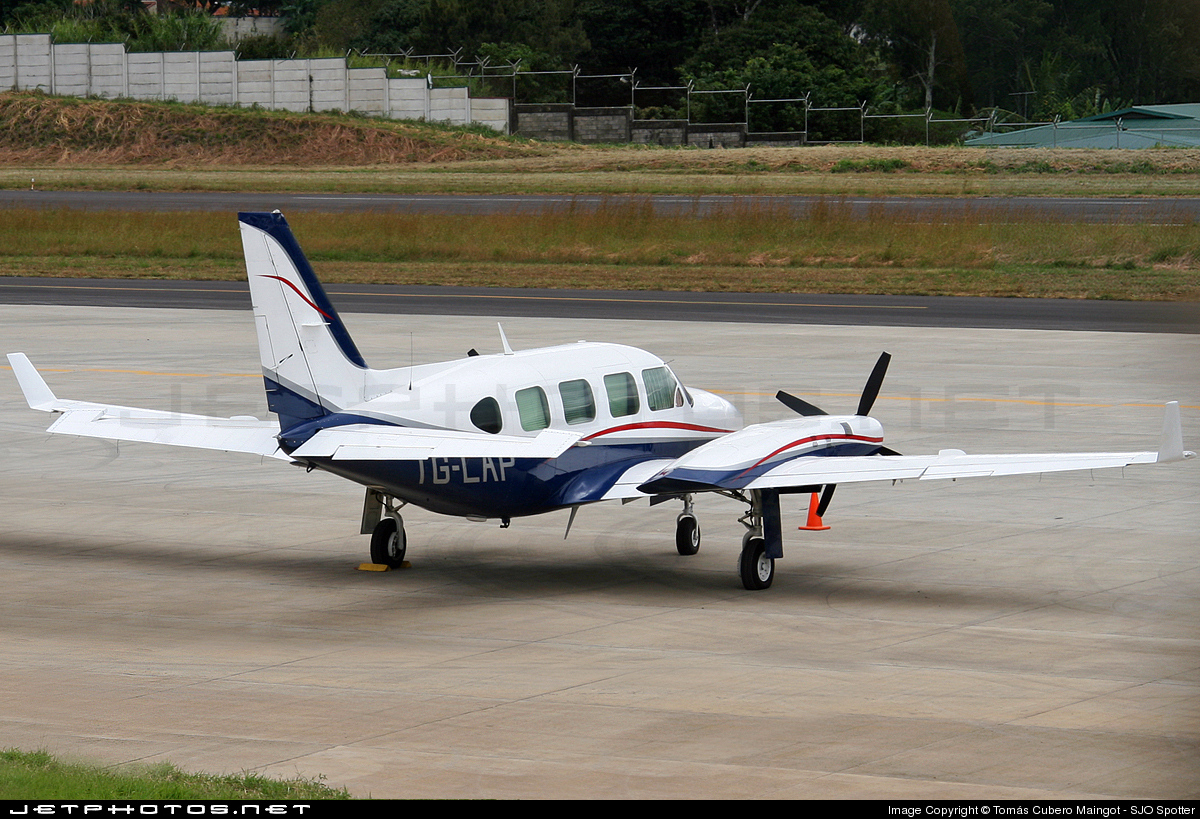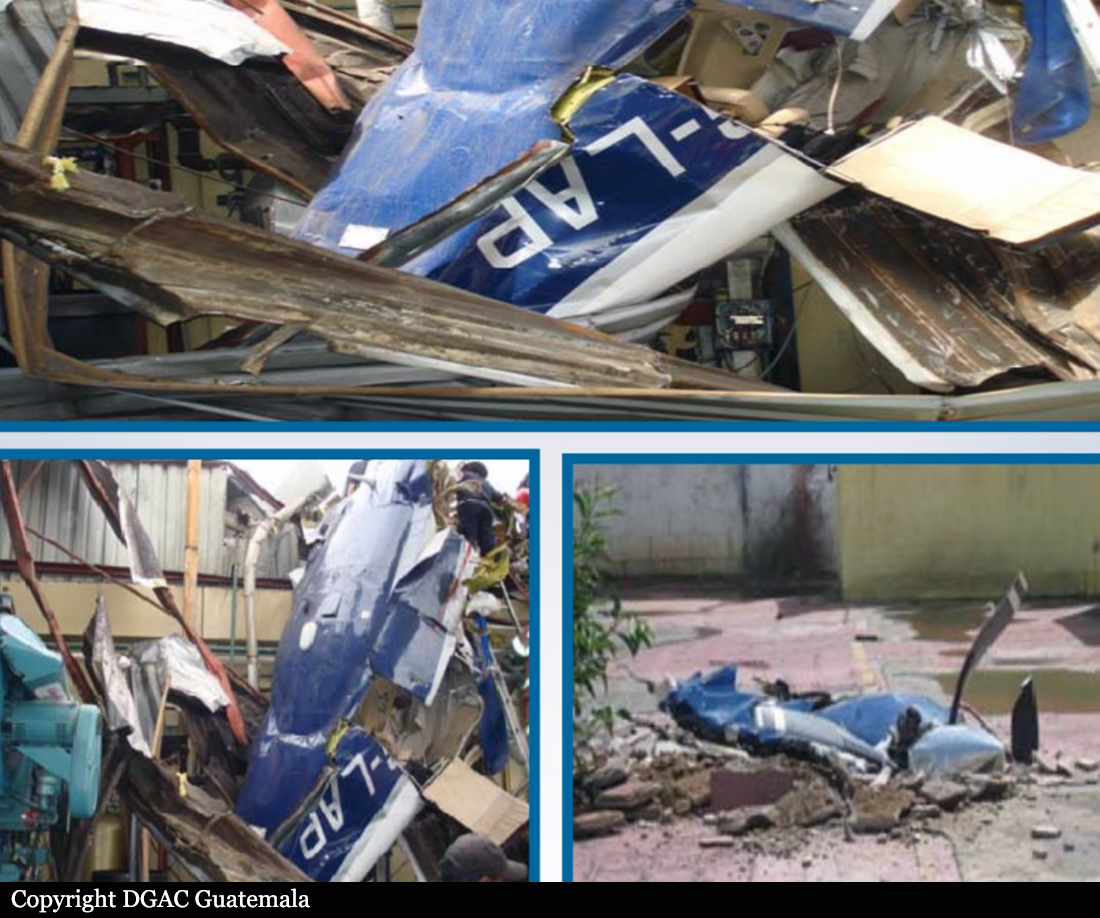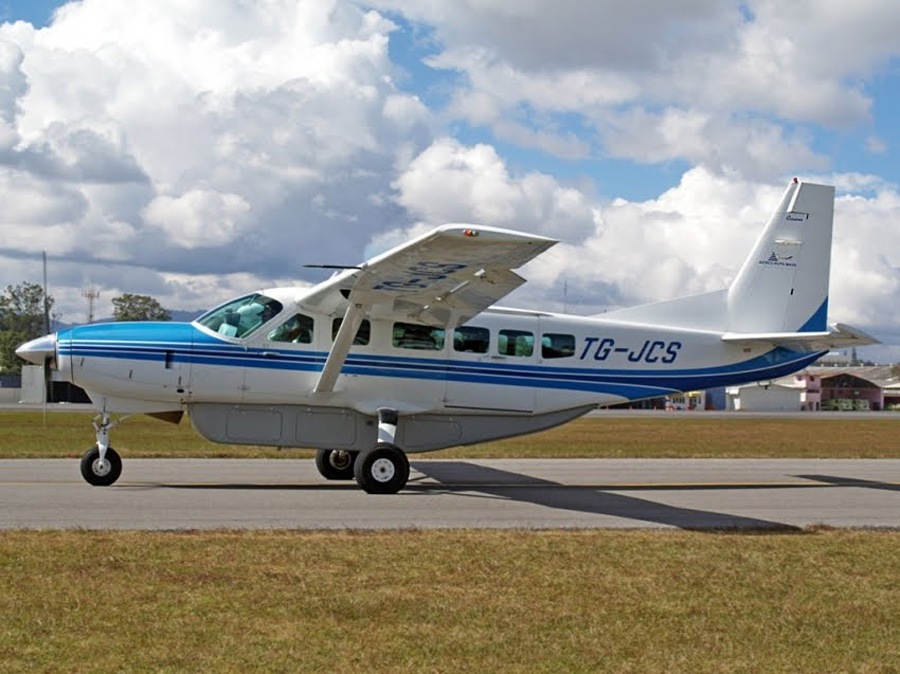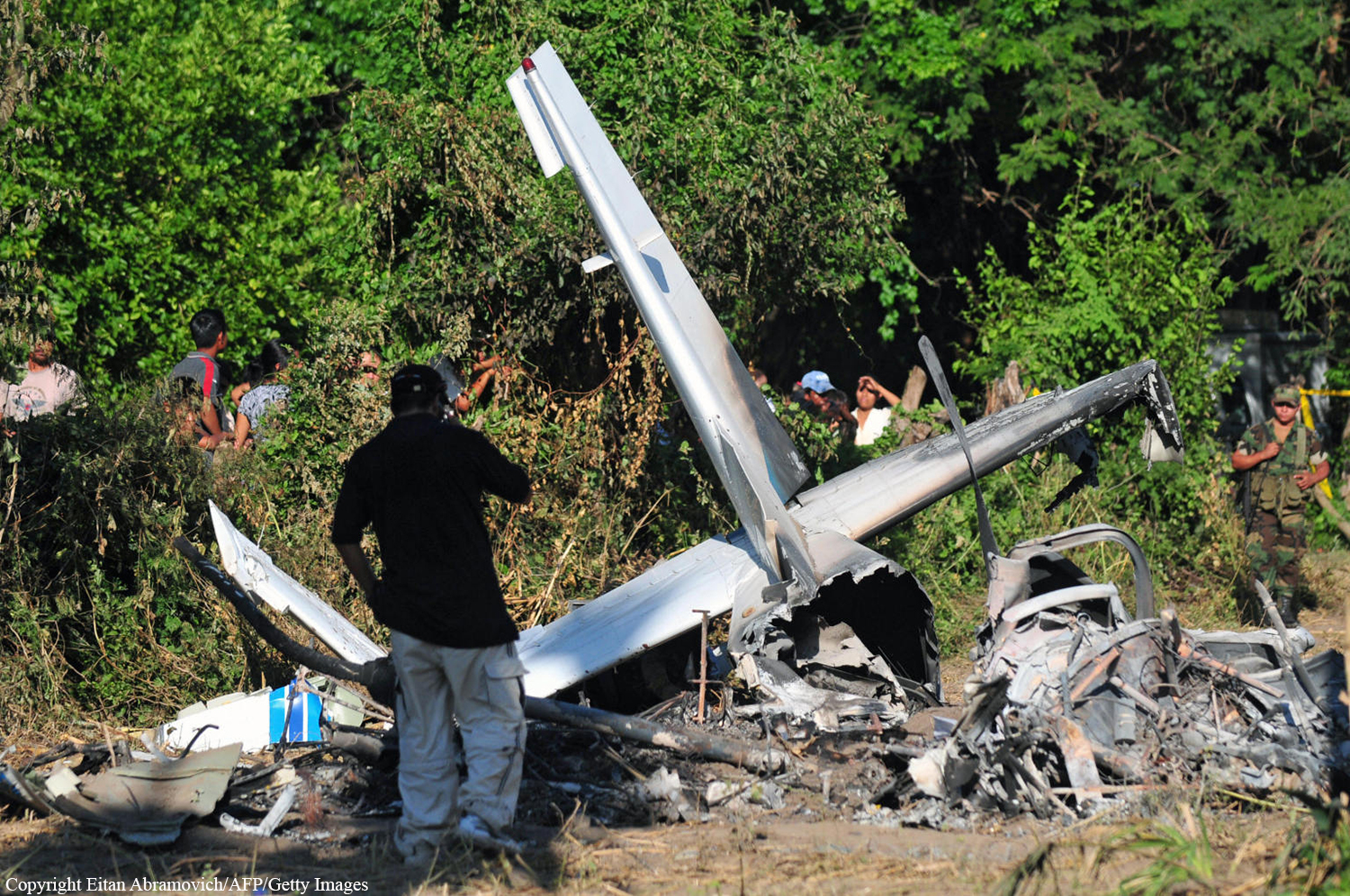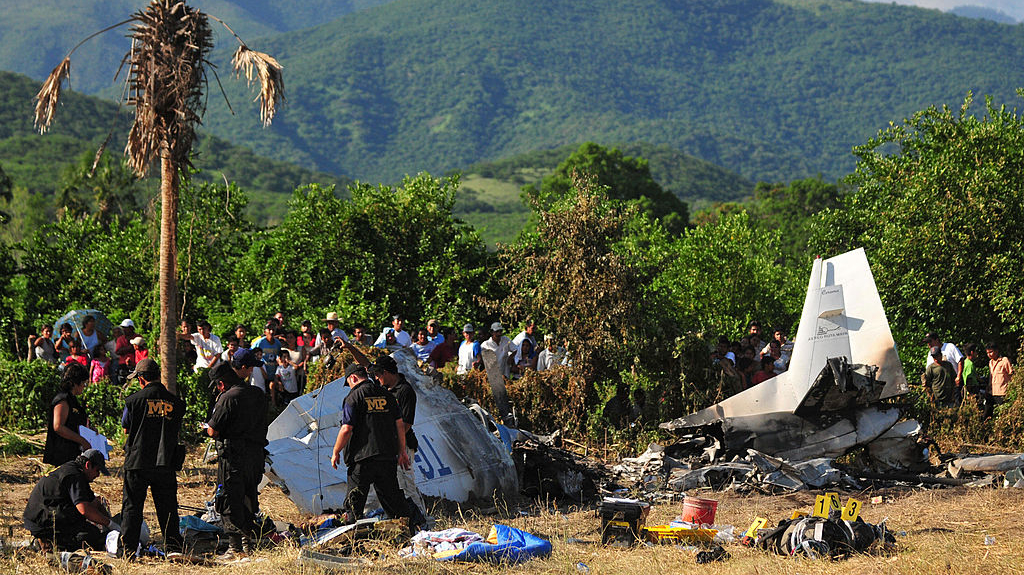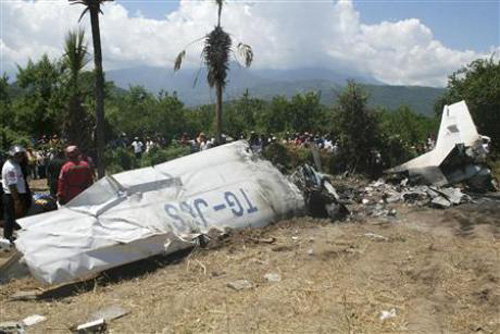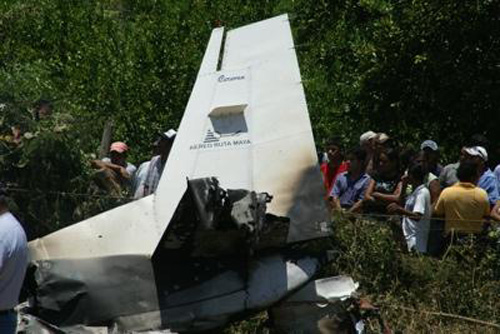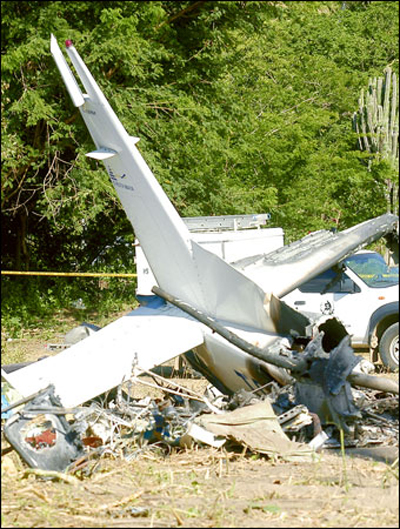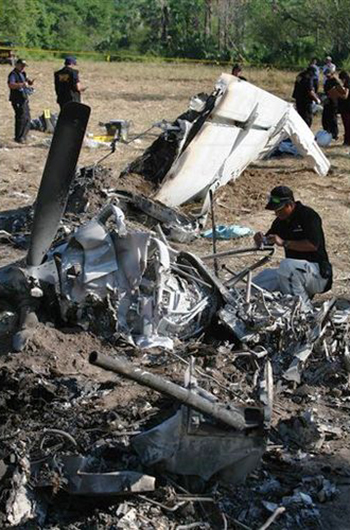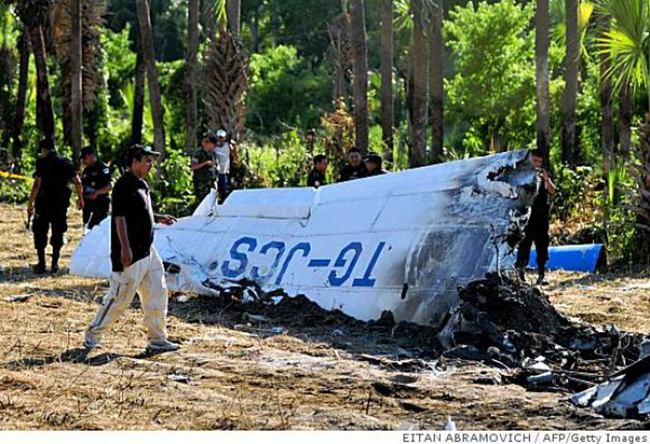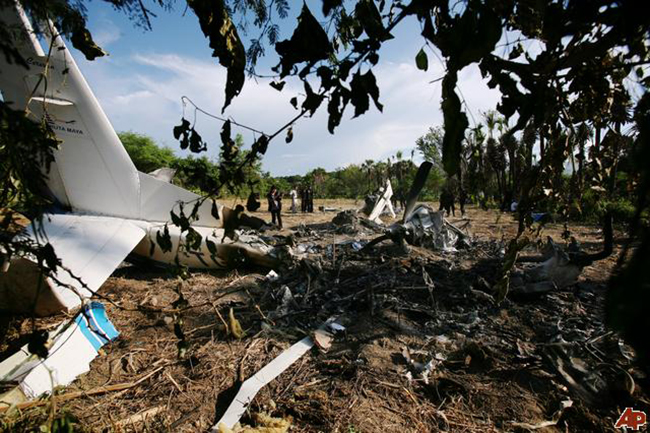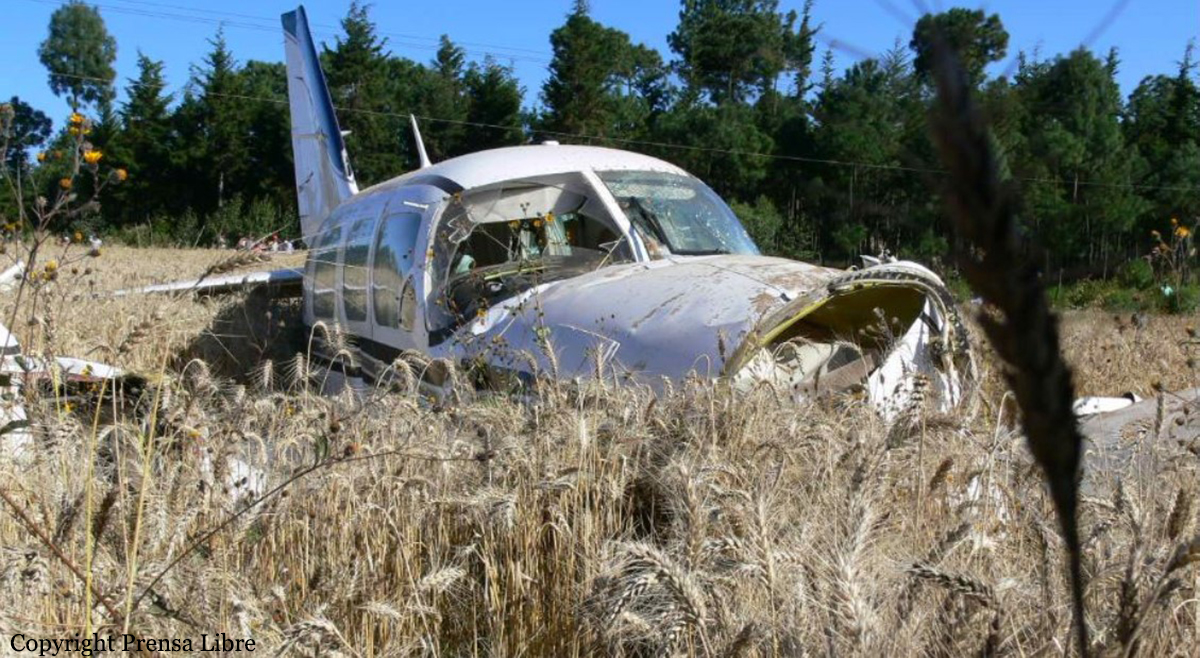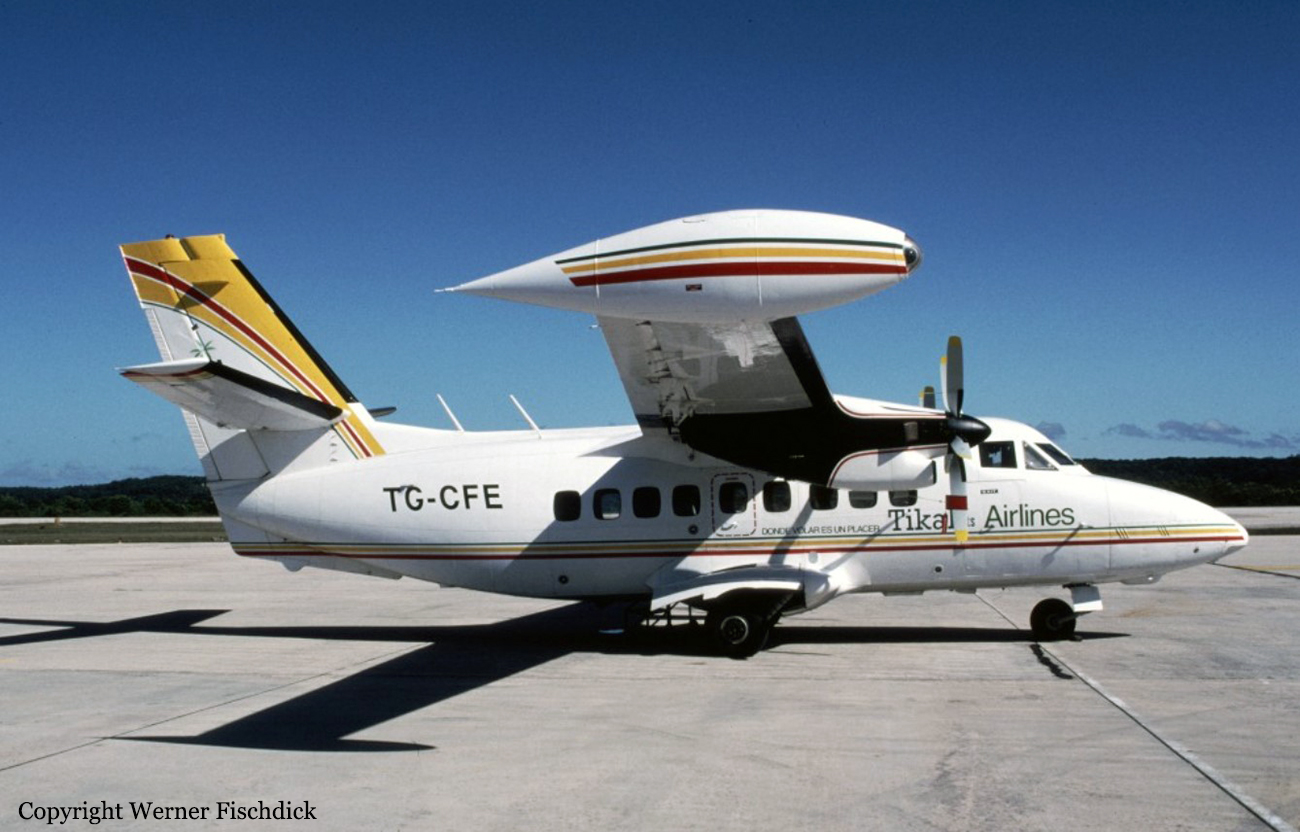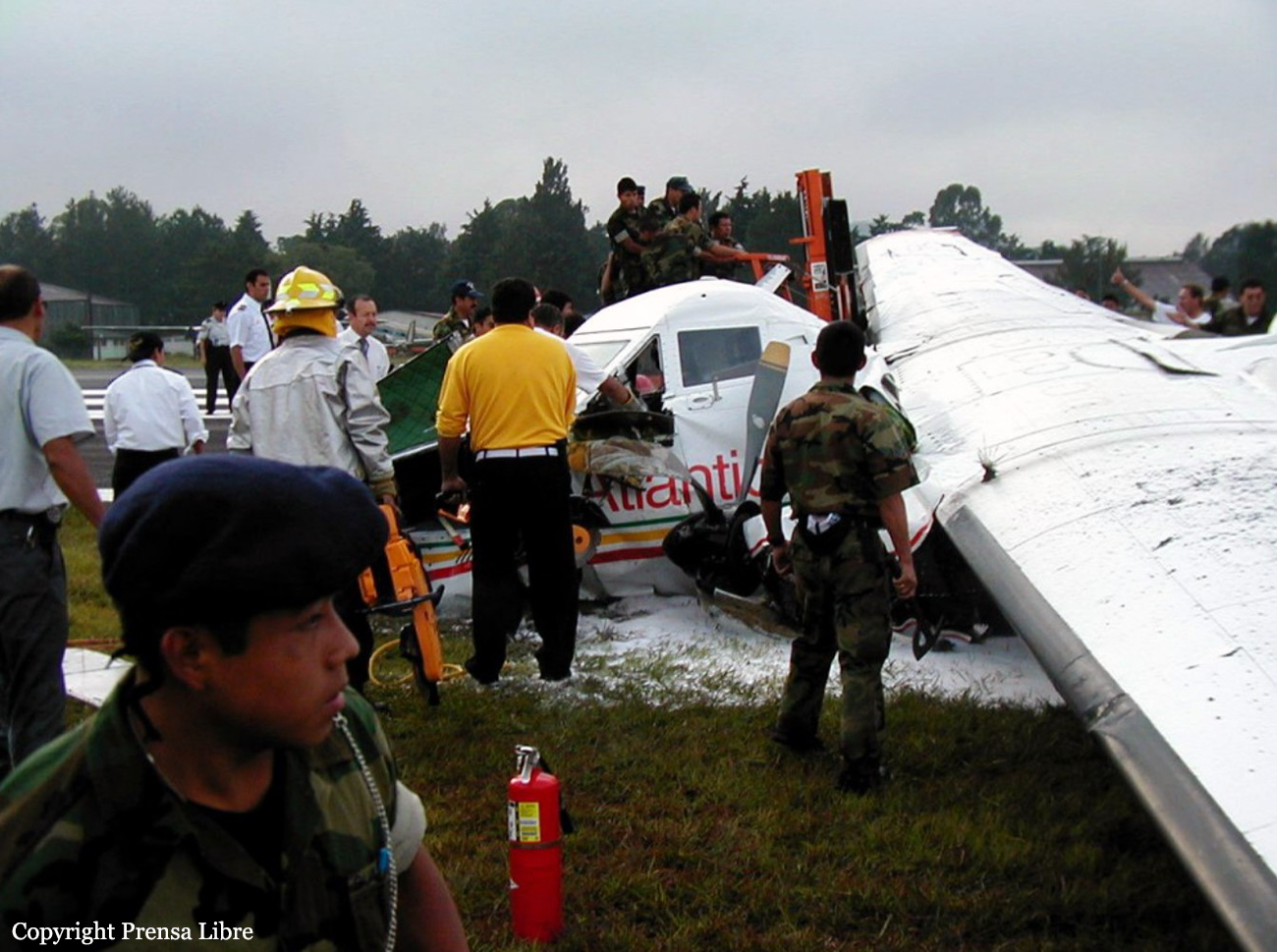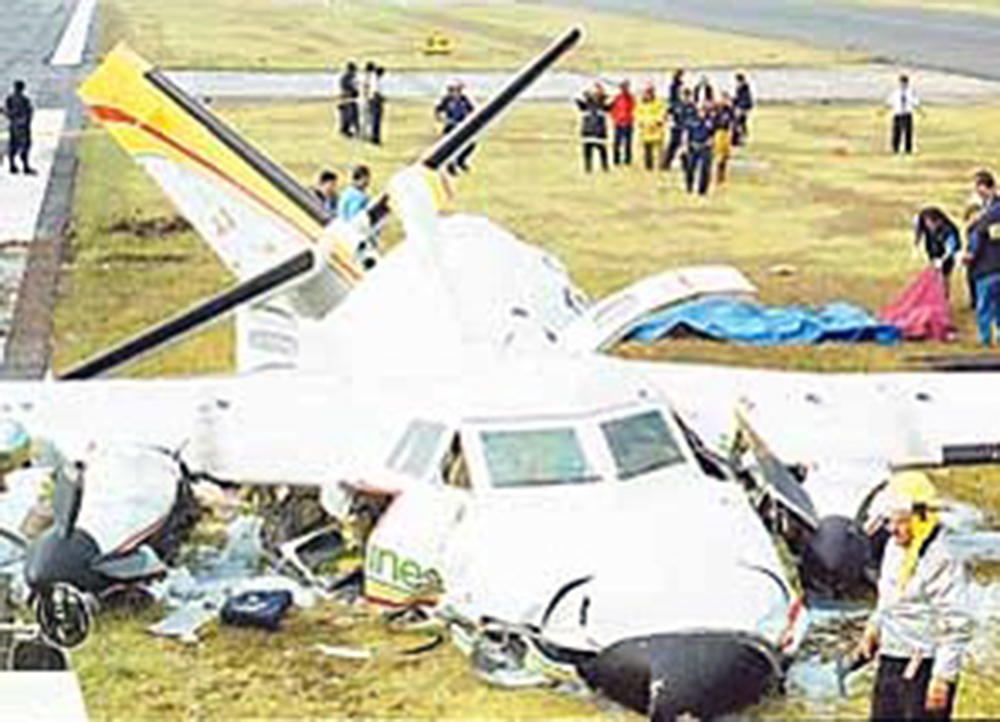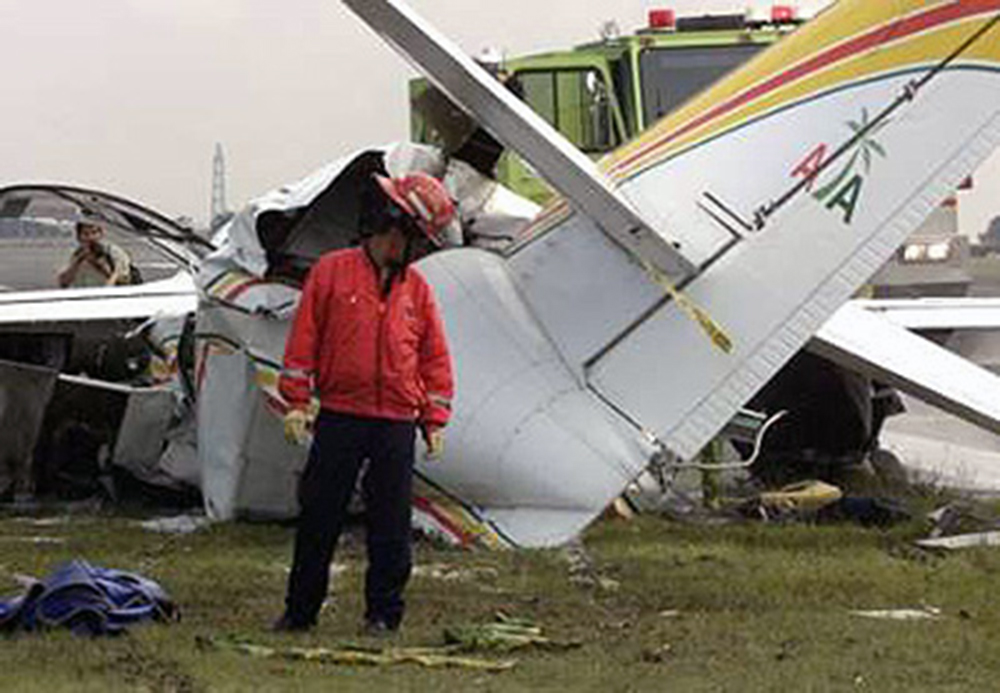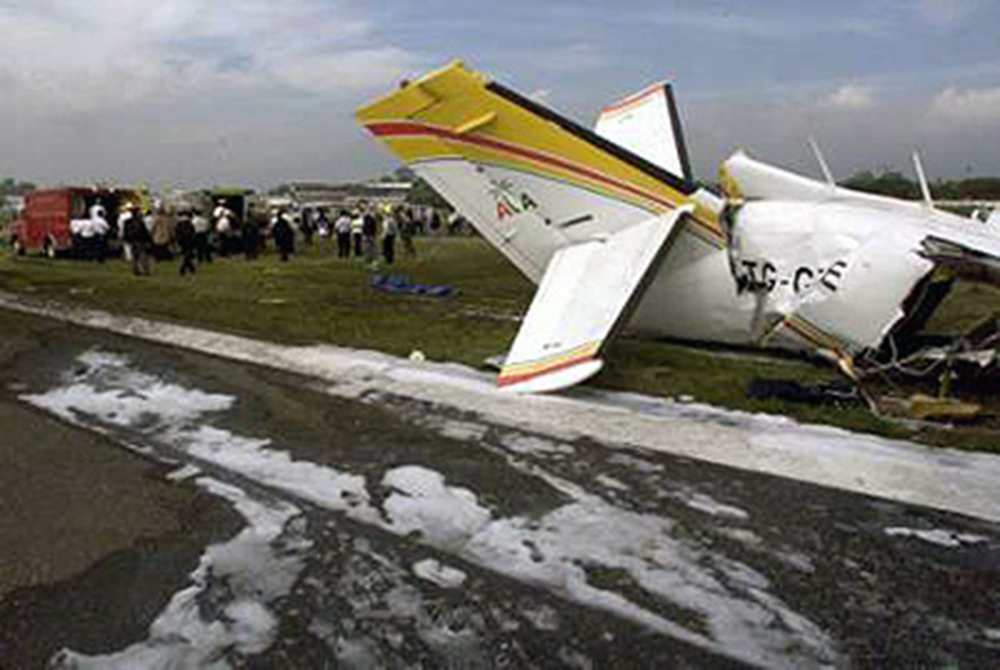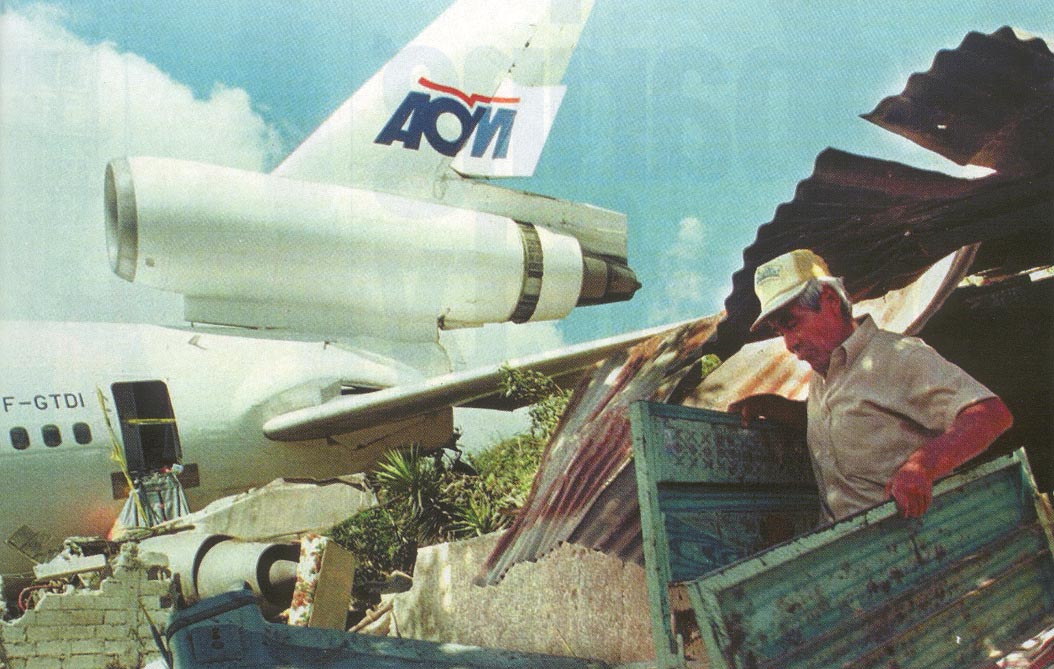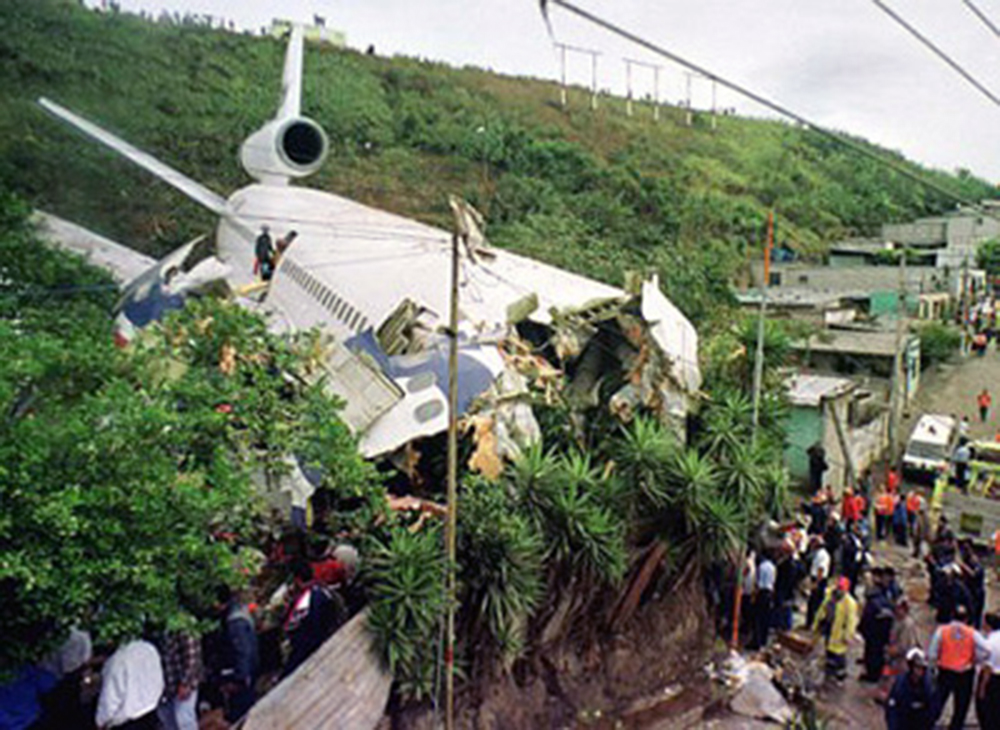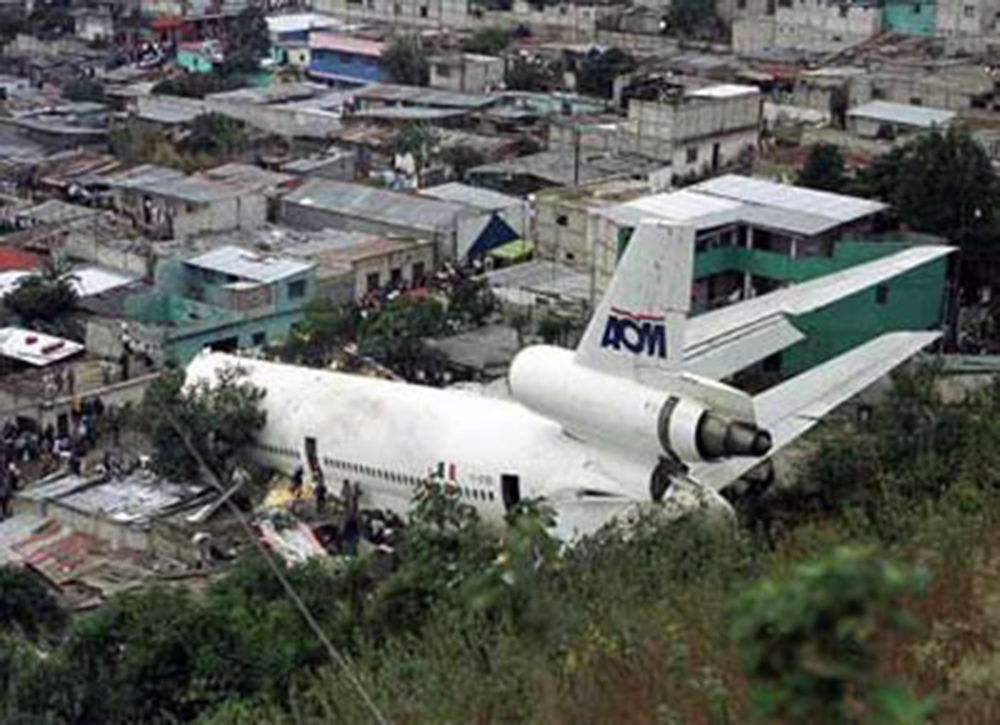Crash of a Boeing 757-27A in San José
Date & Time:
Apr 7, 2022 at 1025 LT
Registration:
HP-2010DAE
Survivors:
Yes
Schedule:
San José – Guatemala City
MSN:
29610/904
YOM:
1999
Flight number:
JOS7216
Crew on board:
2
Crew fatalities:
Pax on board:
0
Pax fatalities:
Other fatalities:
Total fatalities:
0
Captain / Total hours on type:
6233.00
Copilot / Total hours on type:
2337
Aircraft flight hours:
39205
Circumstances:
The airplane departed San José-Juan Santamaría Airport runway 07 at 0940LT on a cargo service (flight JOS7216) to Guatemala City, carrying two pilots and a load of various goods. When the crew reached FL210, he declared an emergency and reported technical problems with the hydraulic system. The crew encountered a 'HYDRAULIC QUANTITY indication then a HYDRAULIC SYSTEM PRESSURE (L ONLY) second indication. At this time, the left autopilot and yaw damper disengaged. After being cleared to return, the crew followed a holding pattern and the airplane landed at a speed of 137 knots (Vref 130 kts) on runway 07. Following a normal touchdown, the crew initiated the braking procedure when the airplane started to veer to the right. It skidded to the right, made an almost 90° turn, descended a bank, lost its undercarriage and came to rest in a grassy area located about five metres below the runway elevation, broken in two. Both pilots evacuated with minor injuries.
Probable cause:
It was determined that the airplane suffered a major failure of the left hydraulic system in flight. This caused the autobrake, the left reverser, the rudder ratio and the nosewheel steering system to be inoperative. Only few spoilers were operative.
The following contributing factors were identified:
- Fatigue and stress on the individual cables in the cross-section of the flexible hydraulic retraction hose of the L/H MLG down-locking actuator.
- The probable inadvertent synchronized movement of the right Reverse Thrust Lever and left Engine Control Thrust Lever, as a reaction to muscle memory.
The following contributing factors were identified:
- Fatigue and stress on the individual cables in the cross-section of the flexible hydraulic retraction hose of the L/H MLG down-locking actuator.
- The probable inadvertent synchronized movement of the right Reverse Thrust Lever and left Engine Control Thrust Lever, as a reaction to muscle memory.
Final Report:
